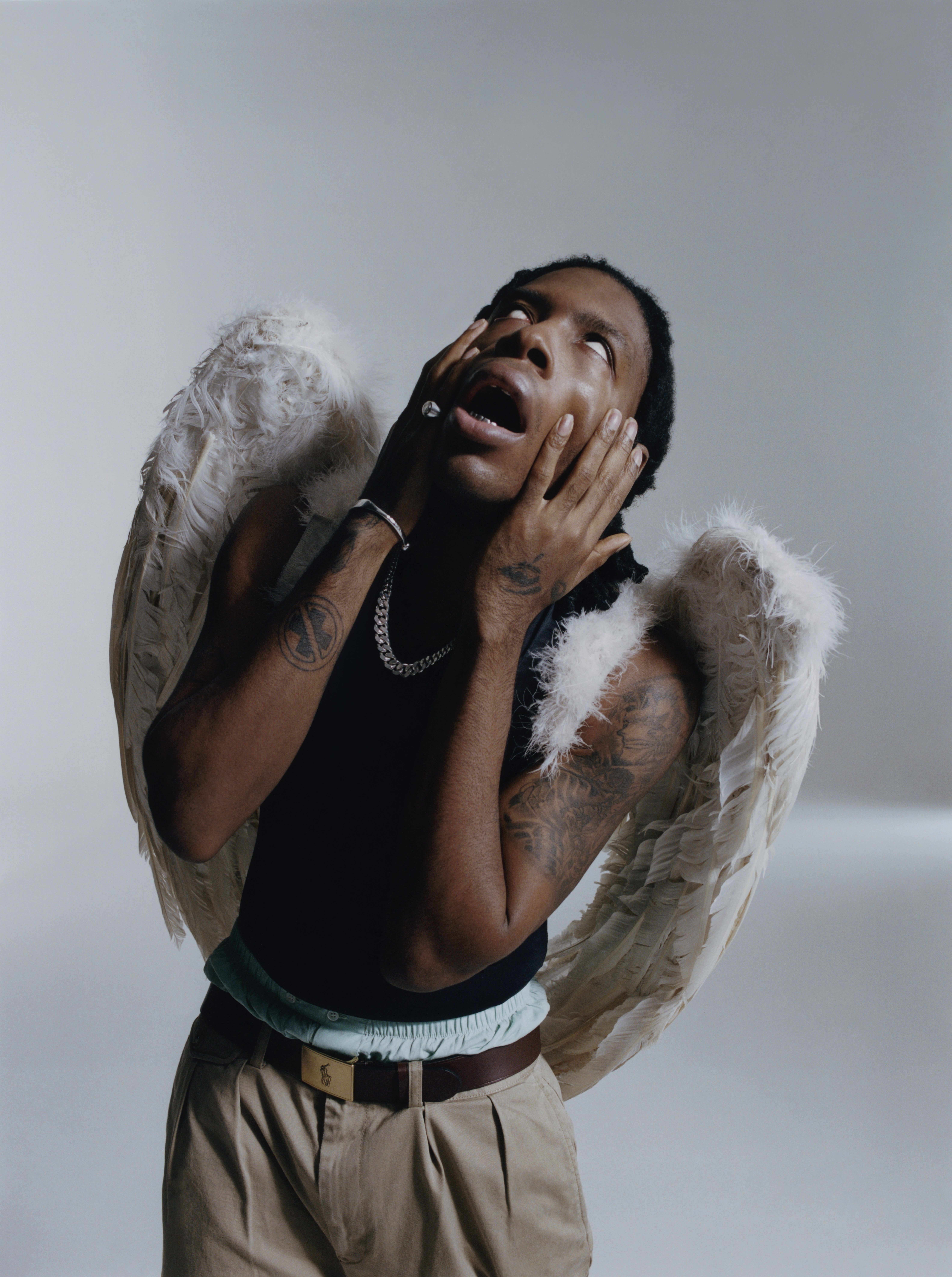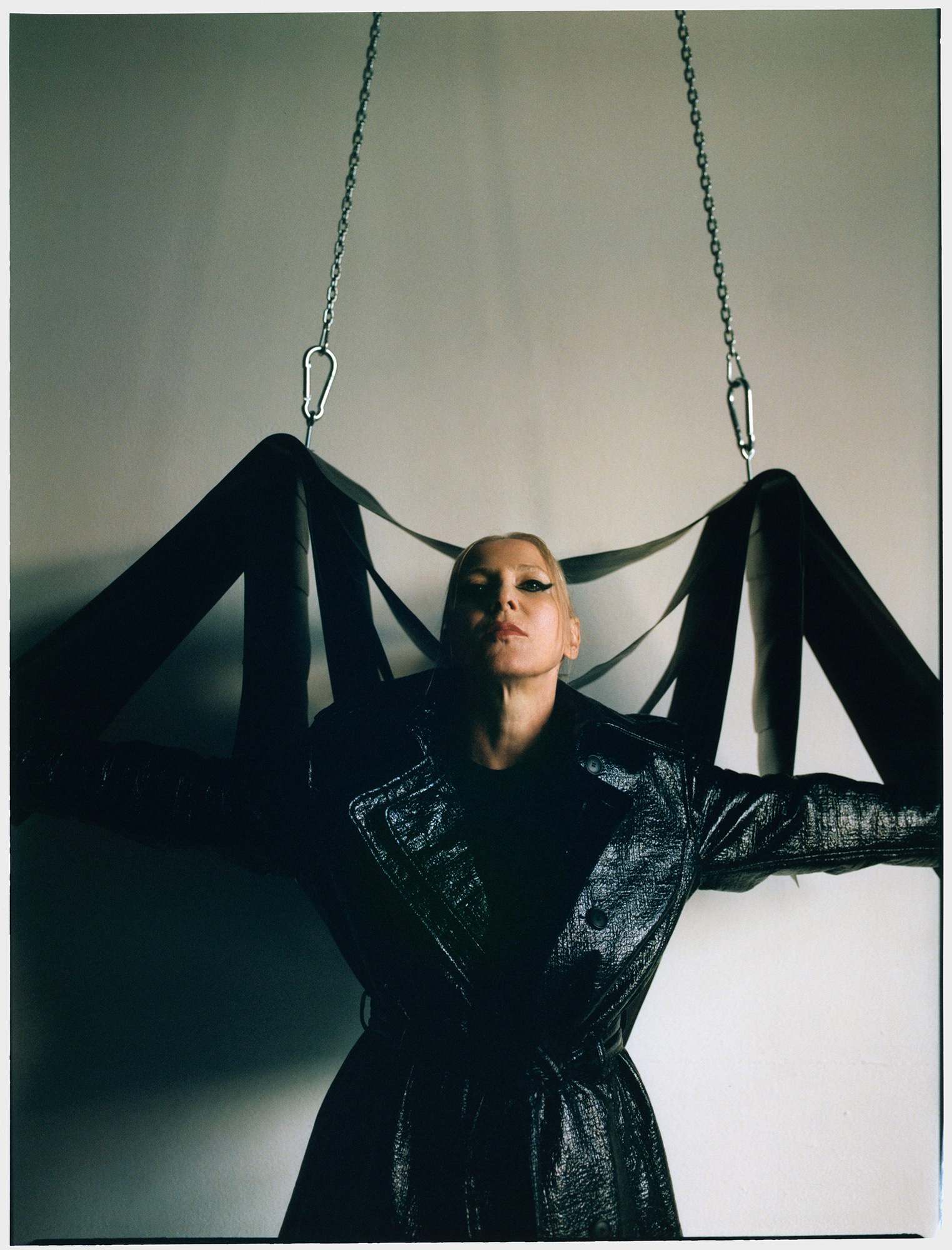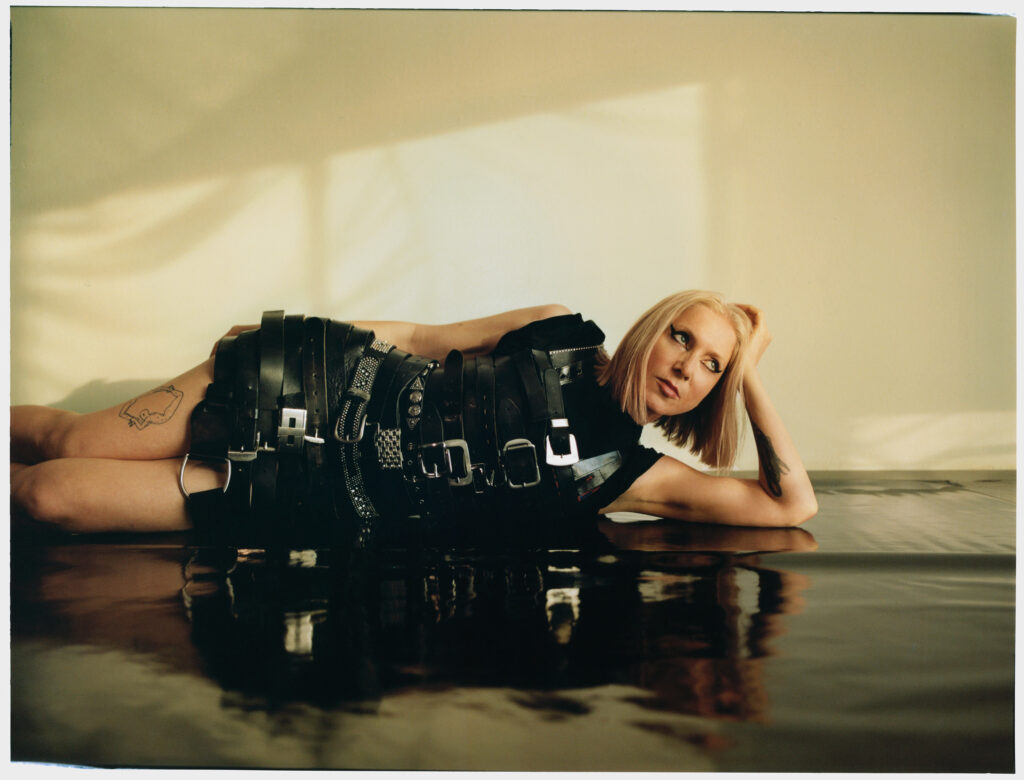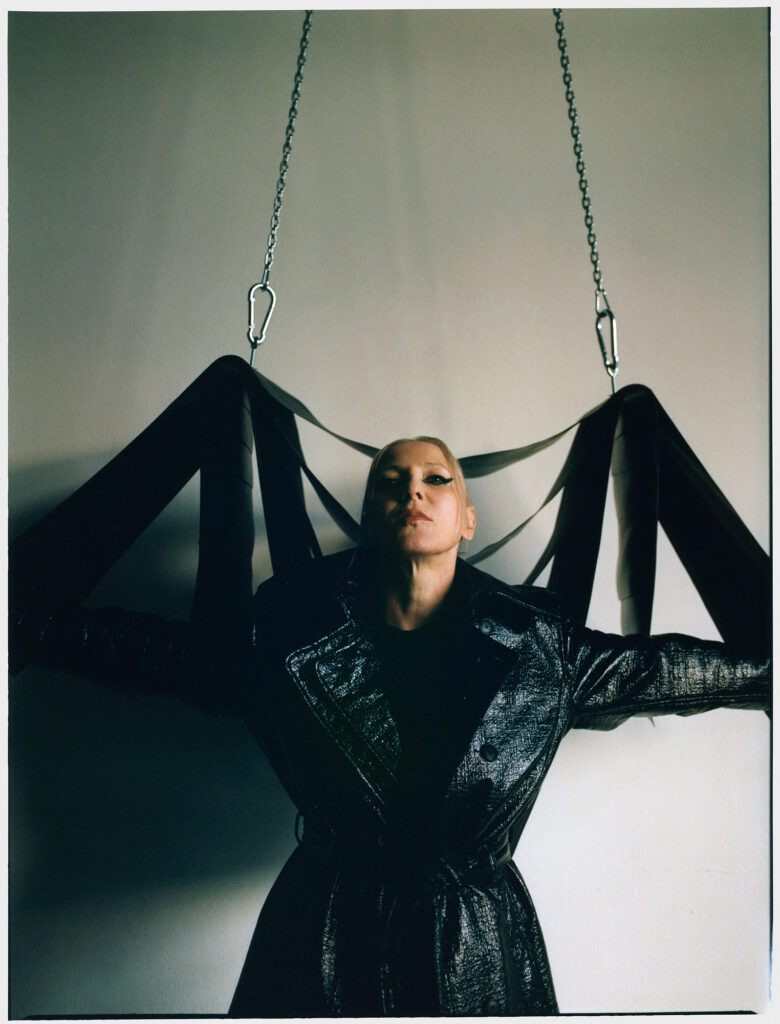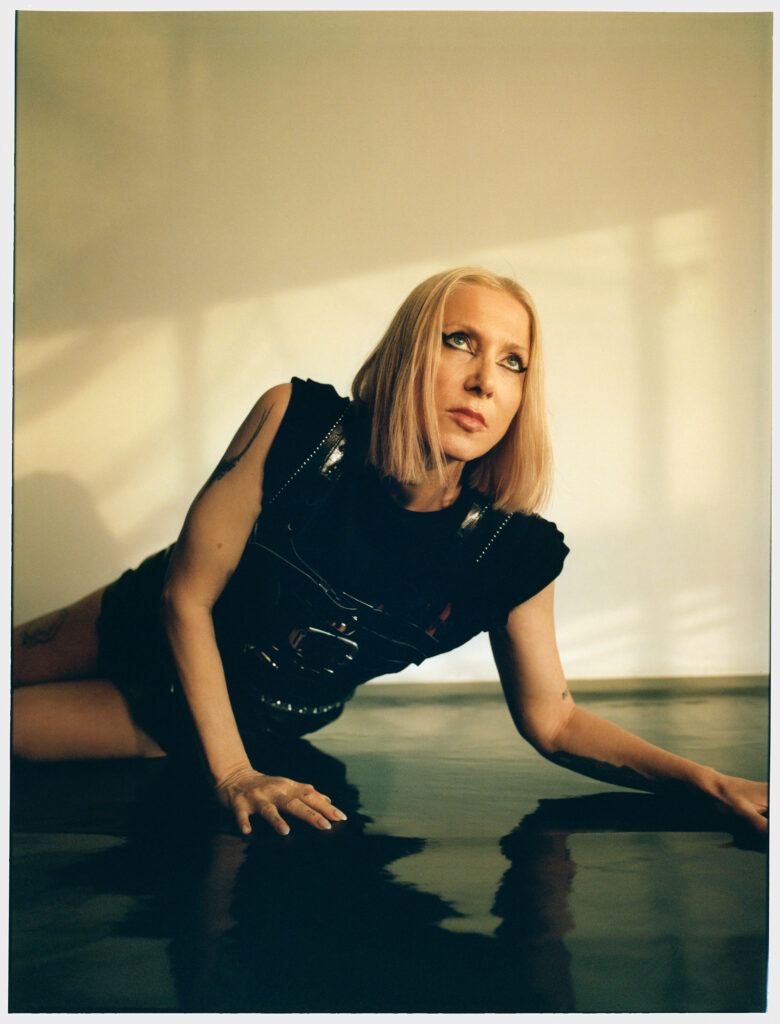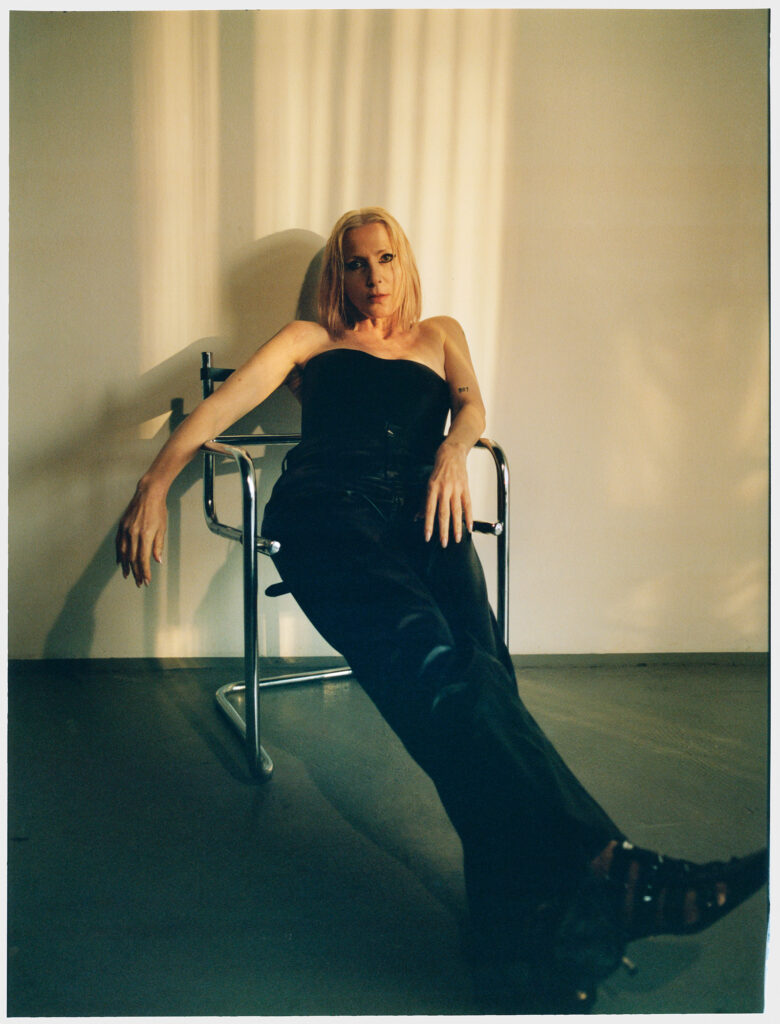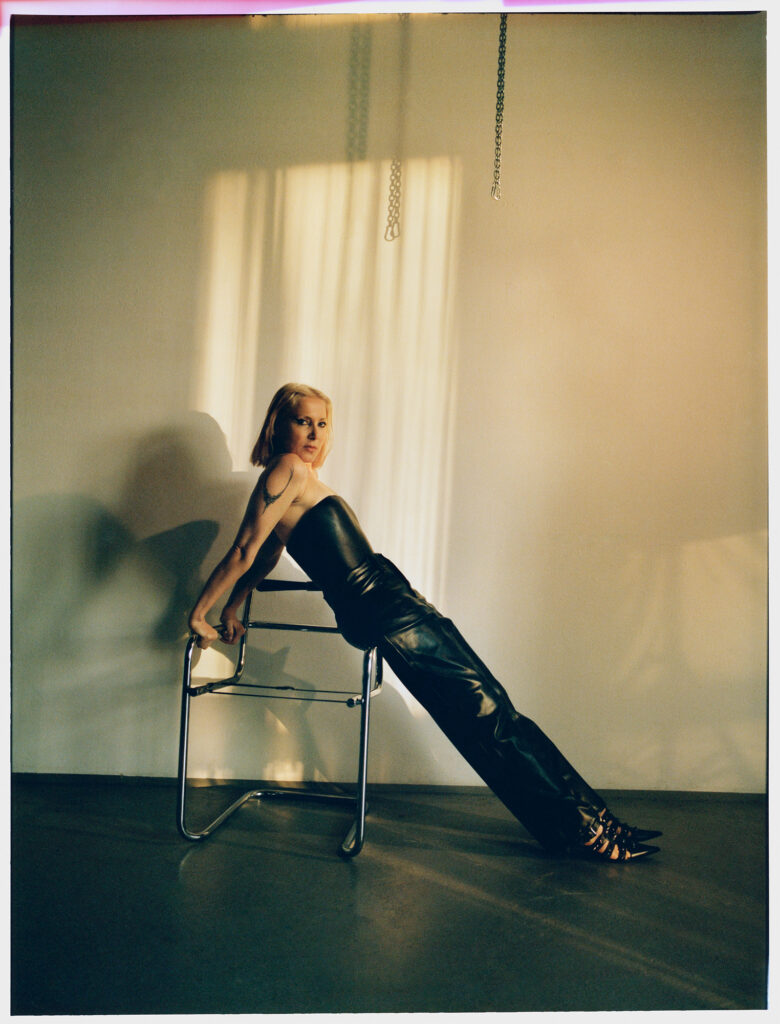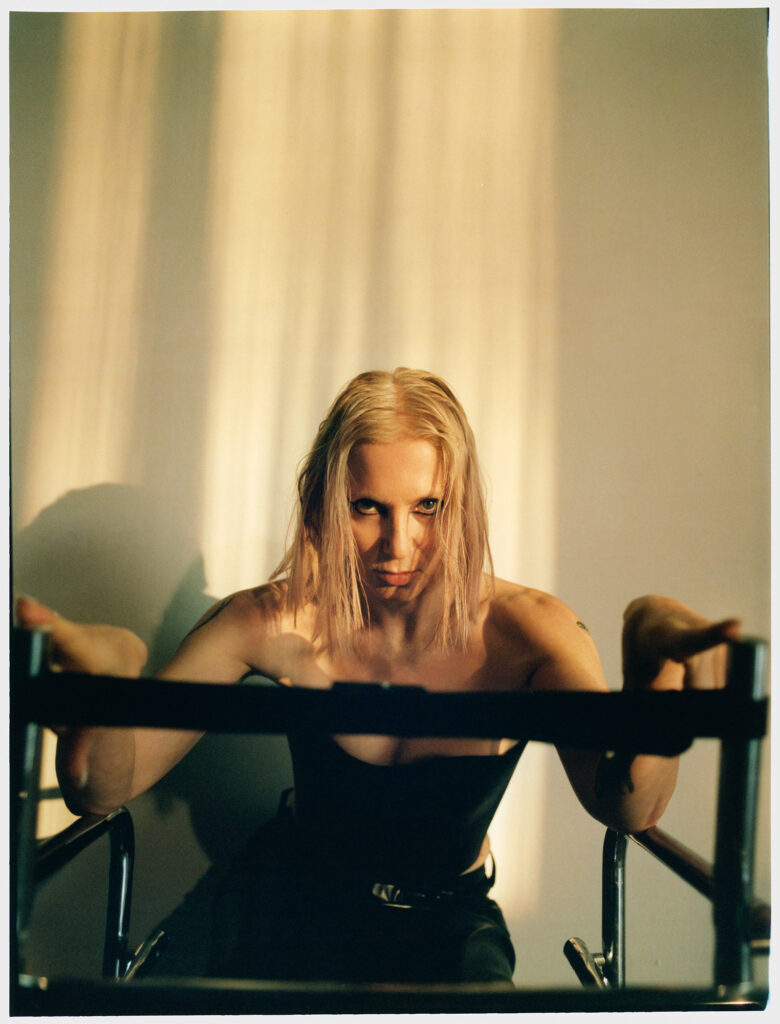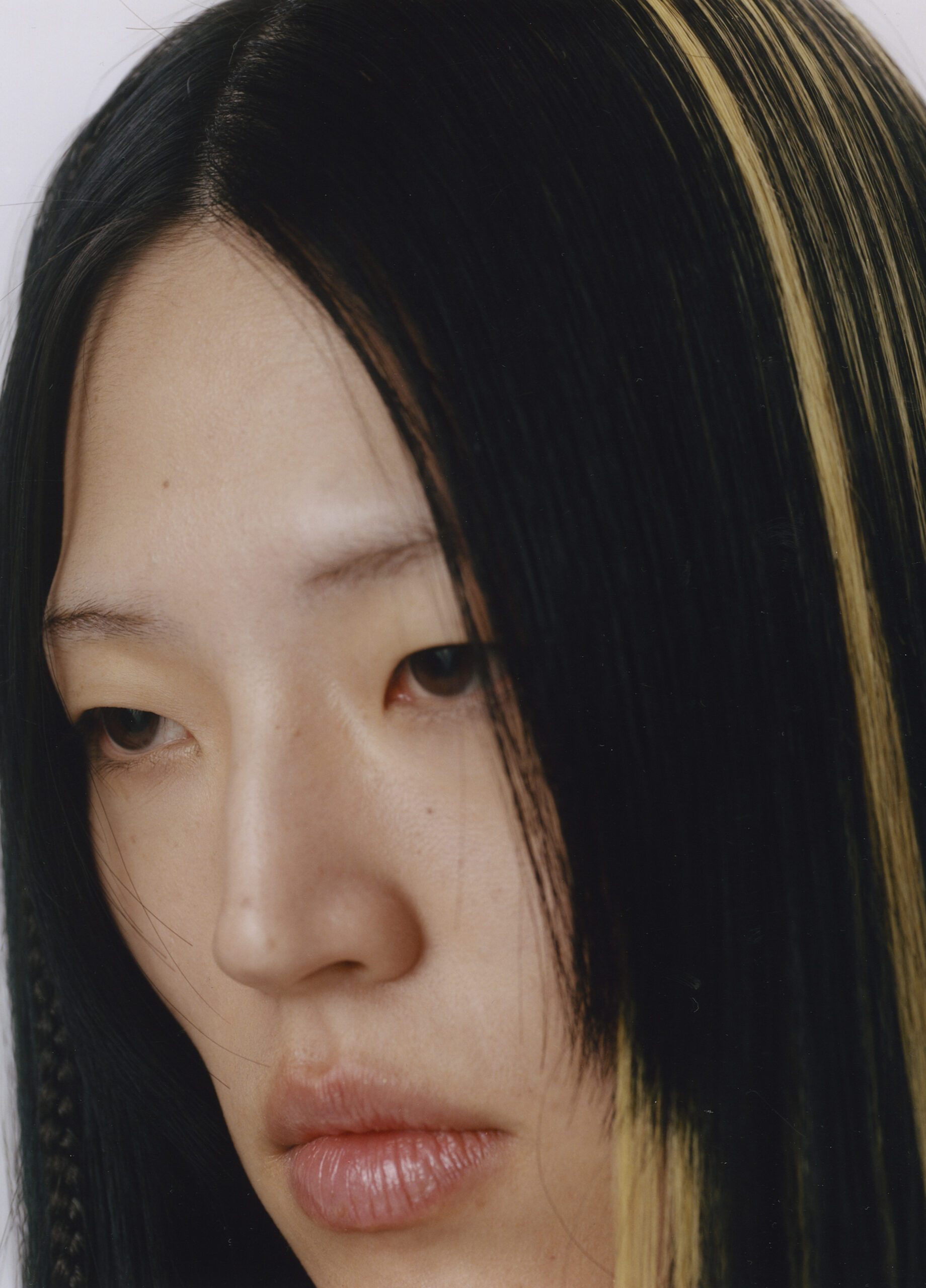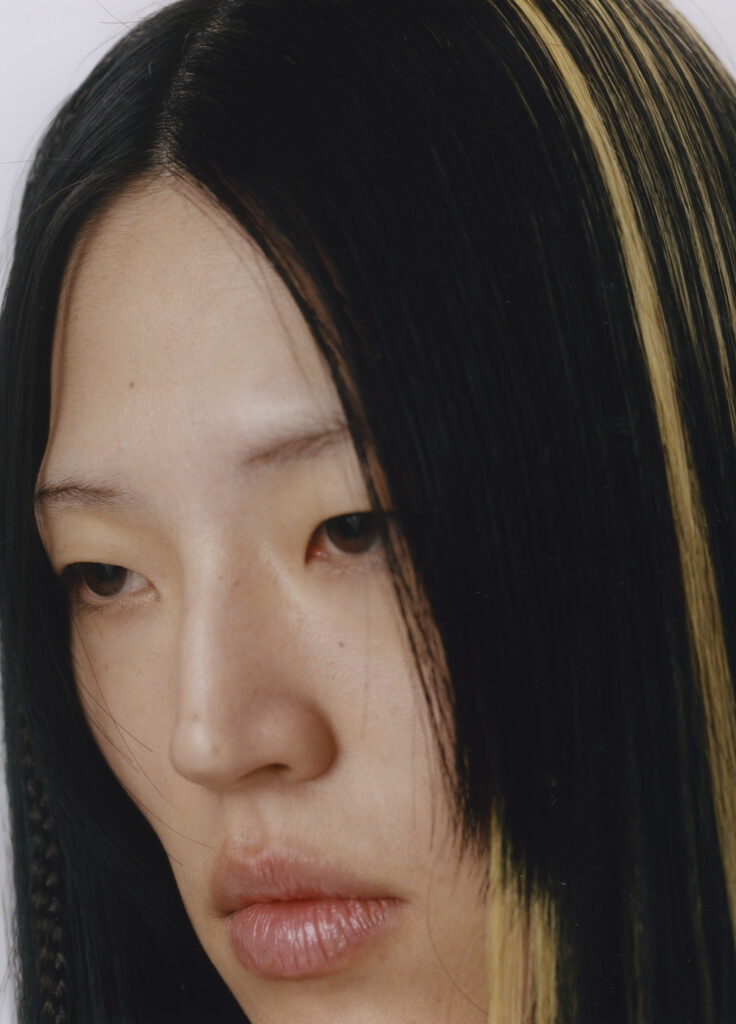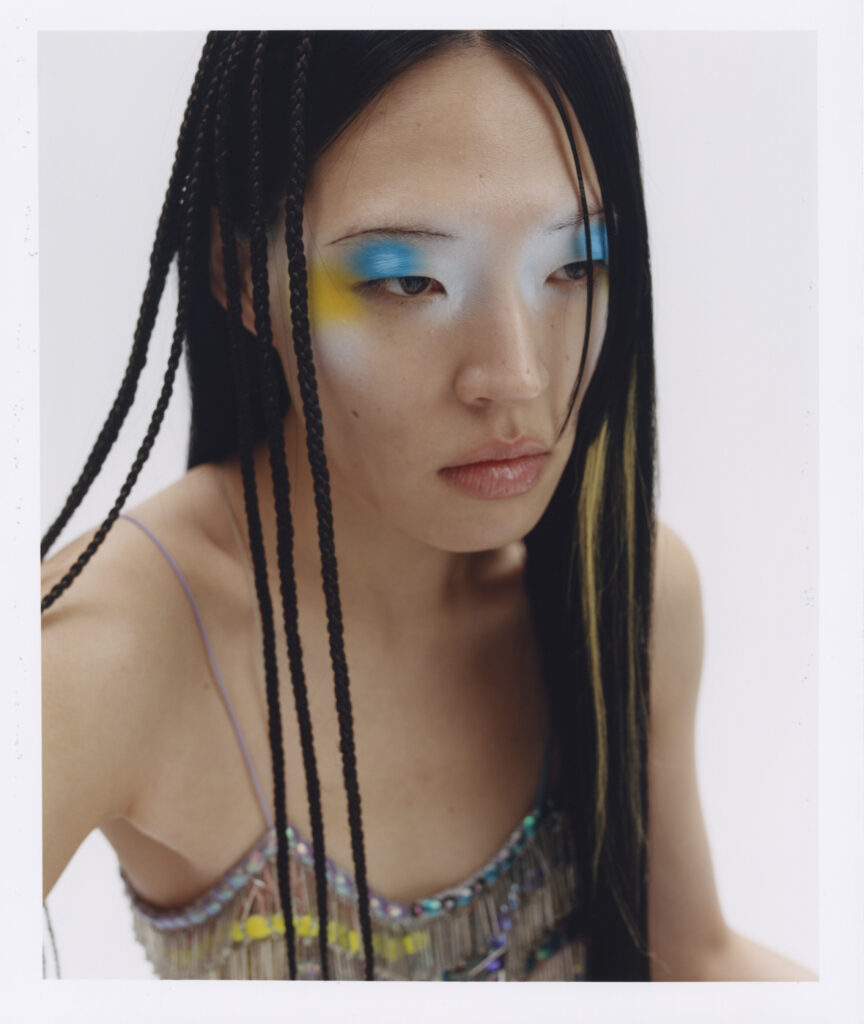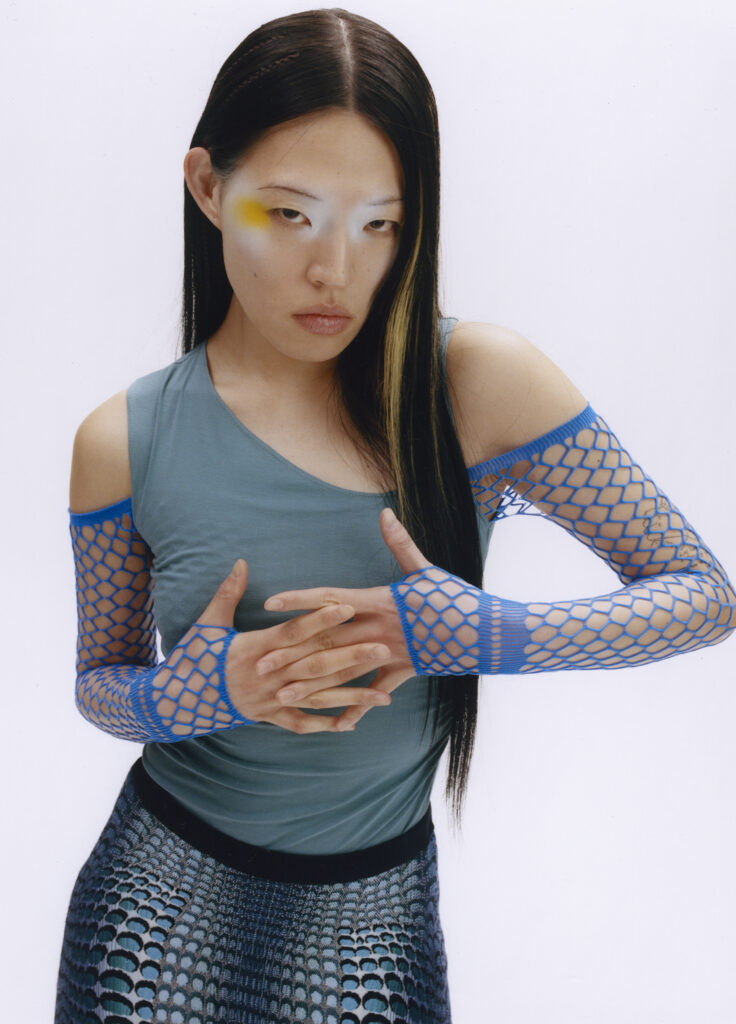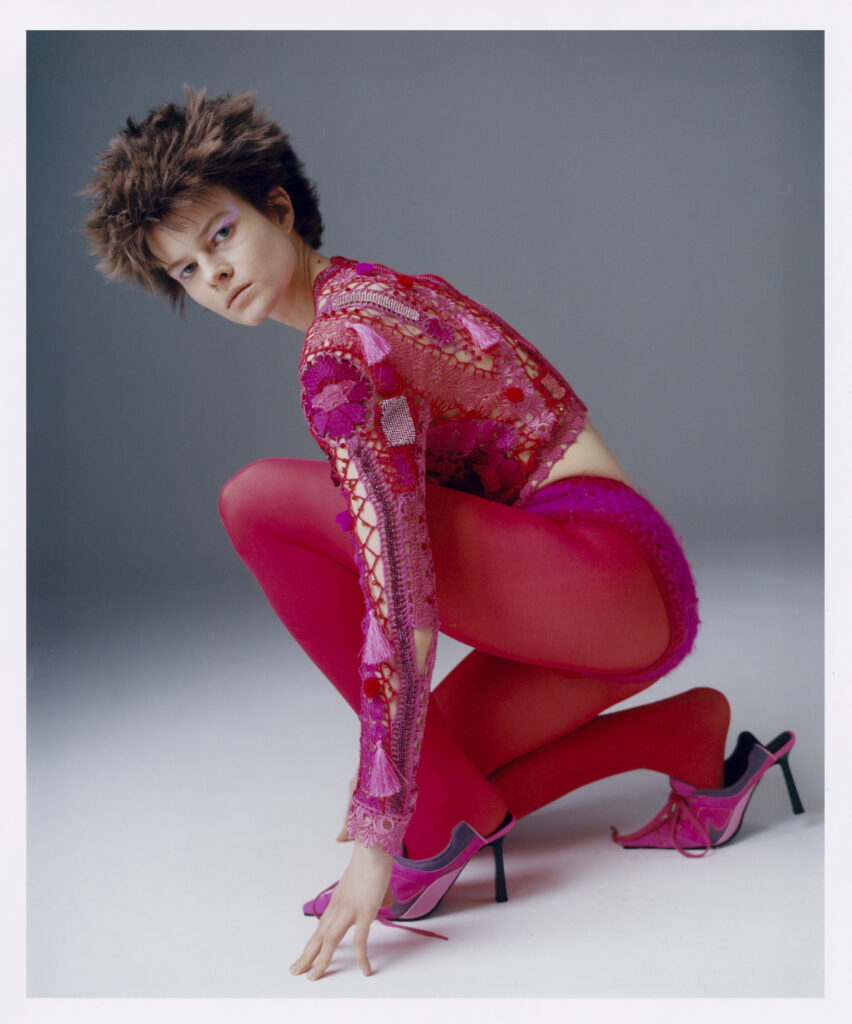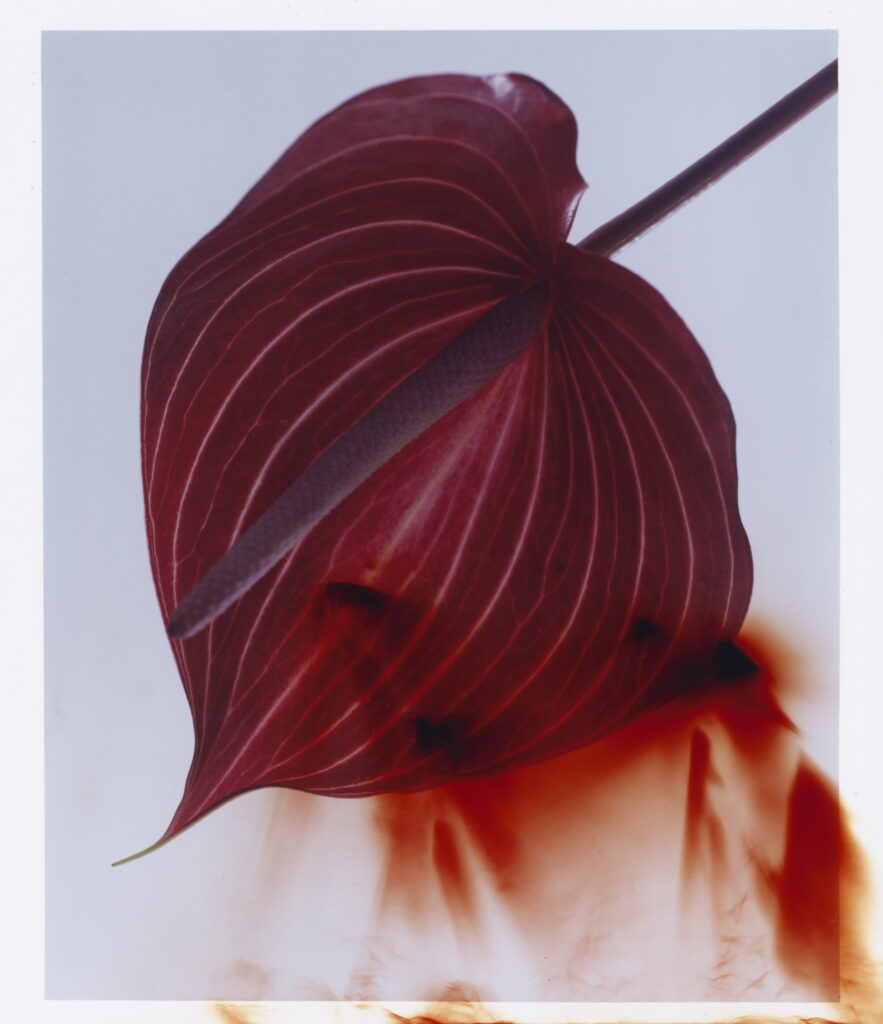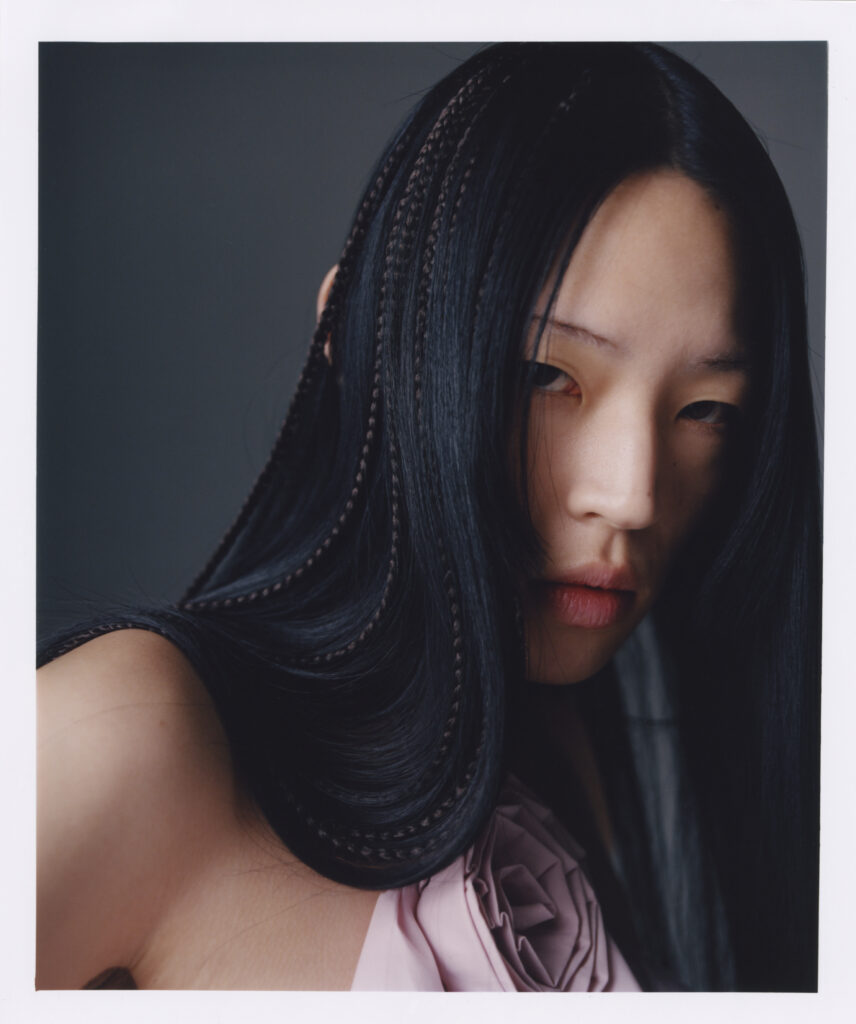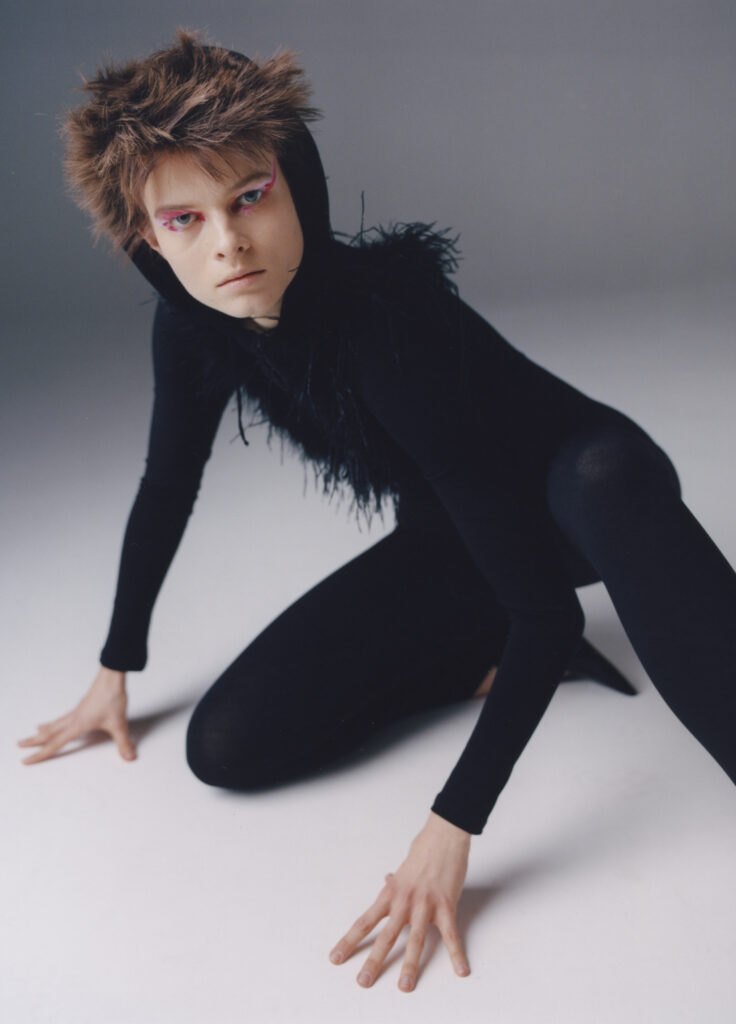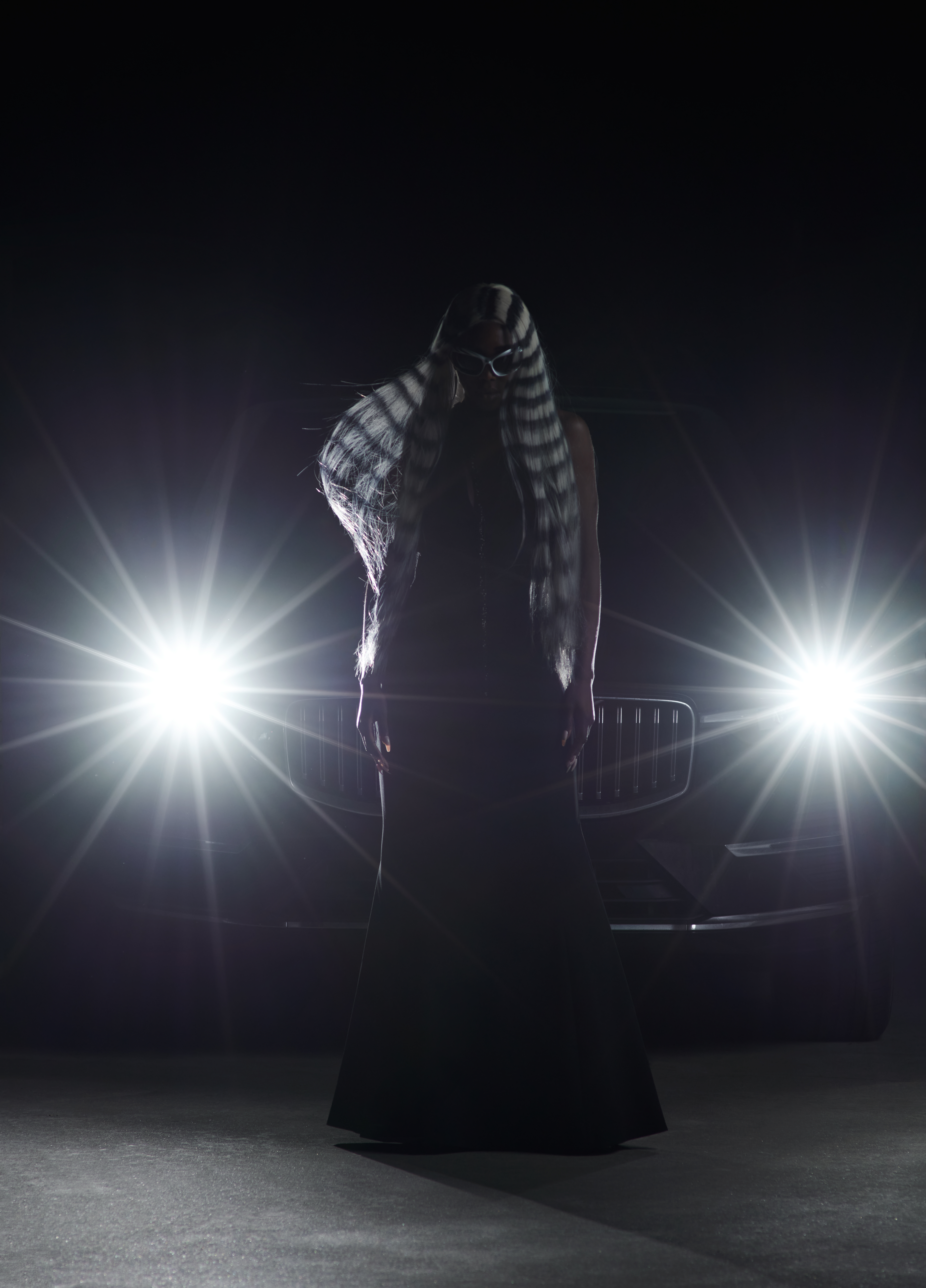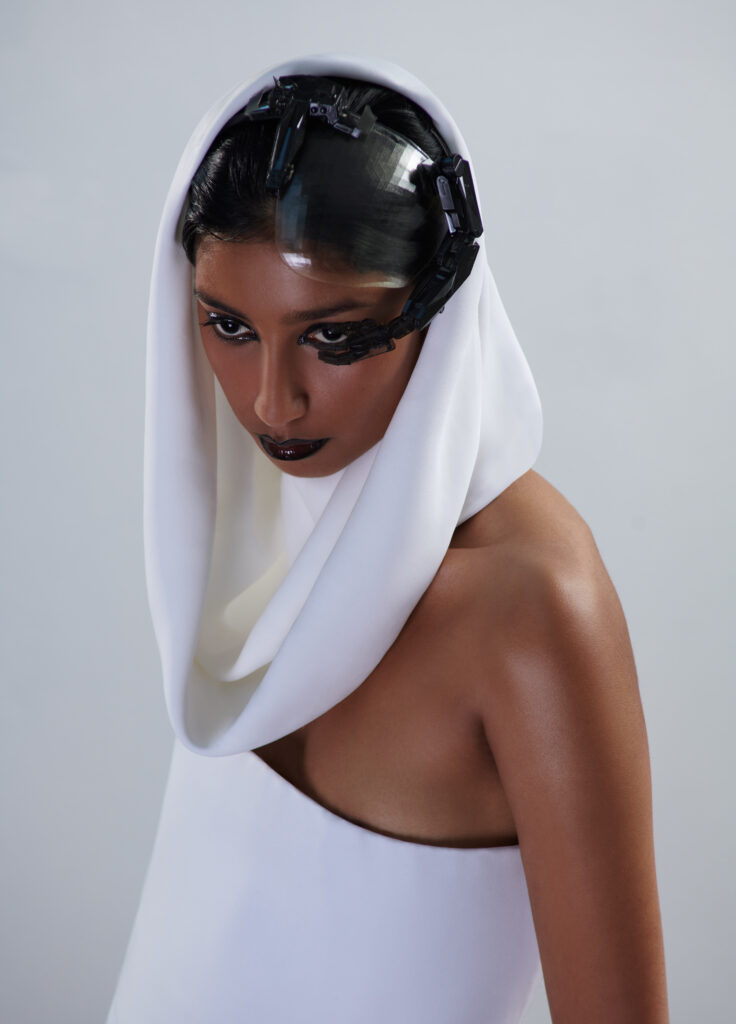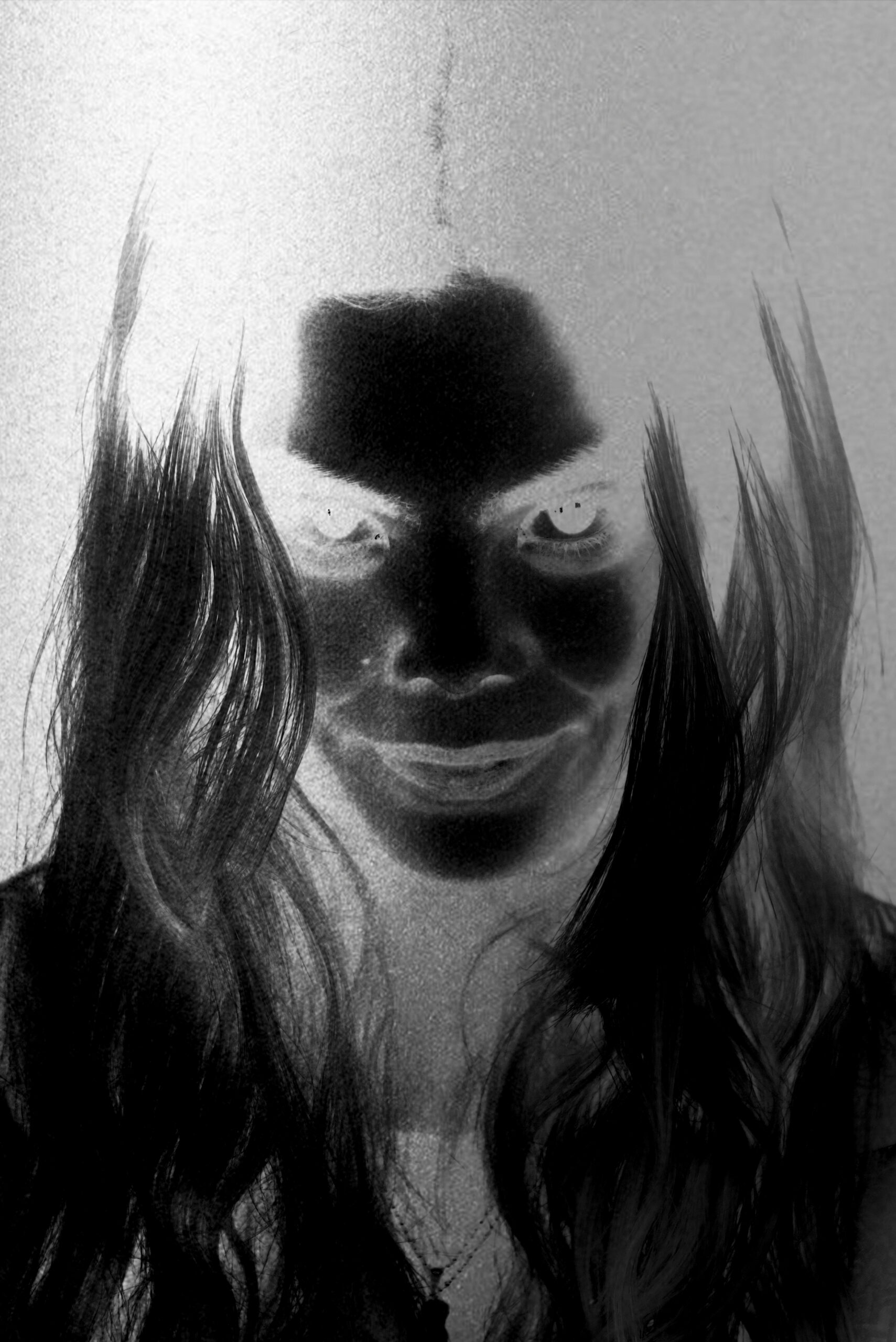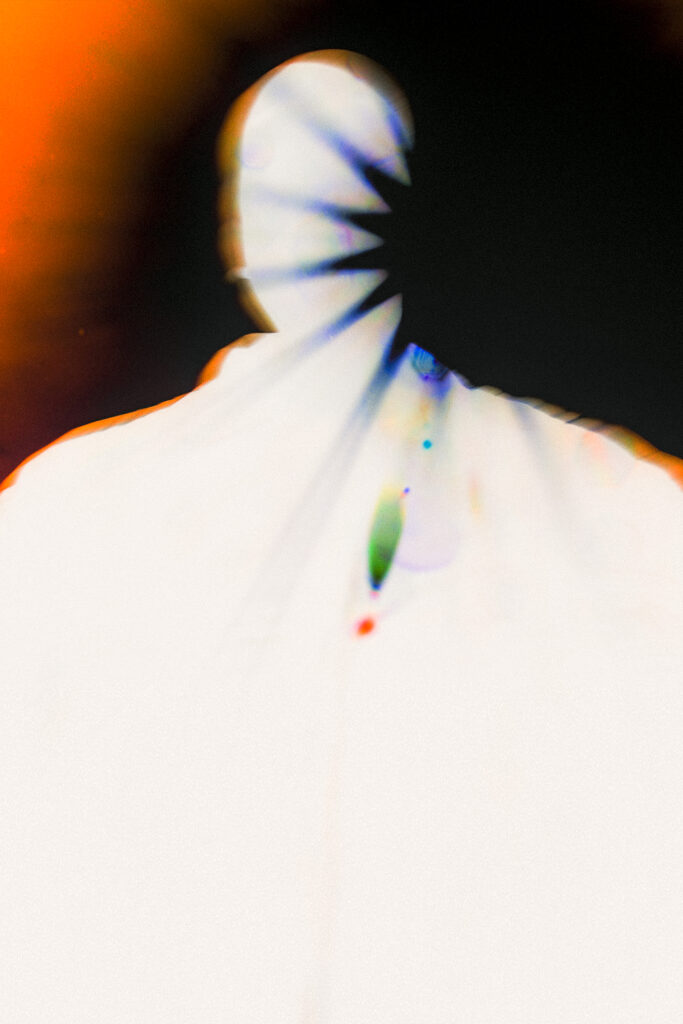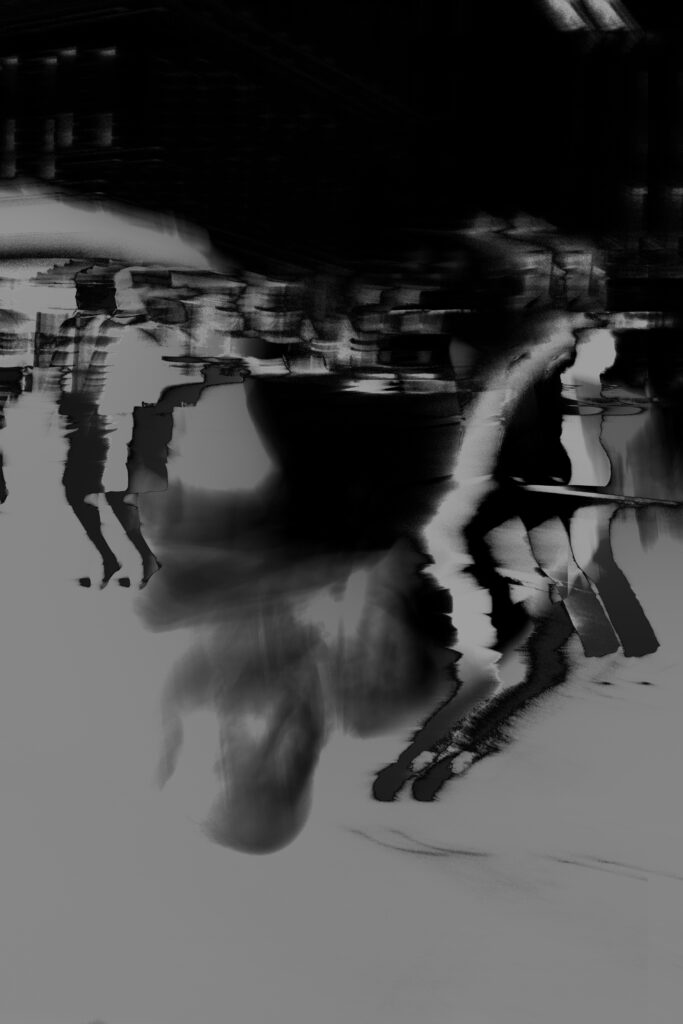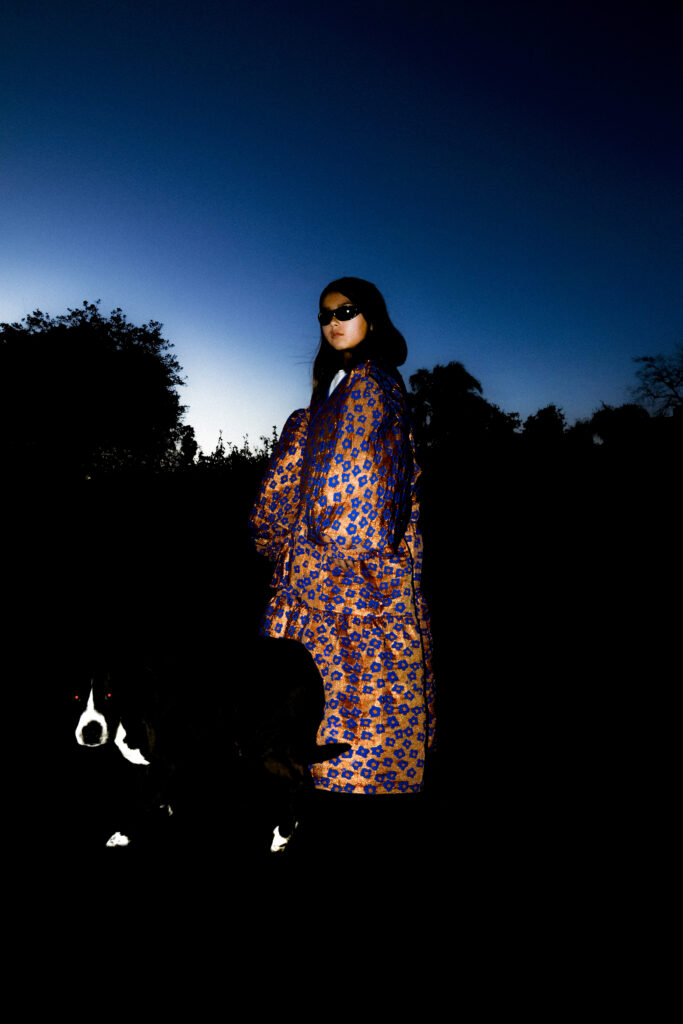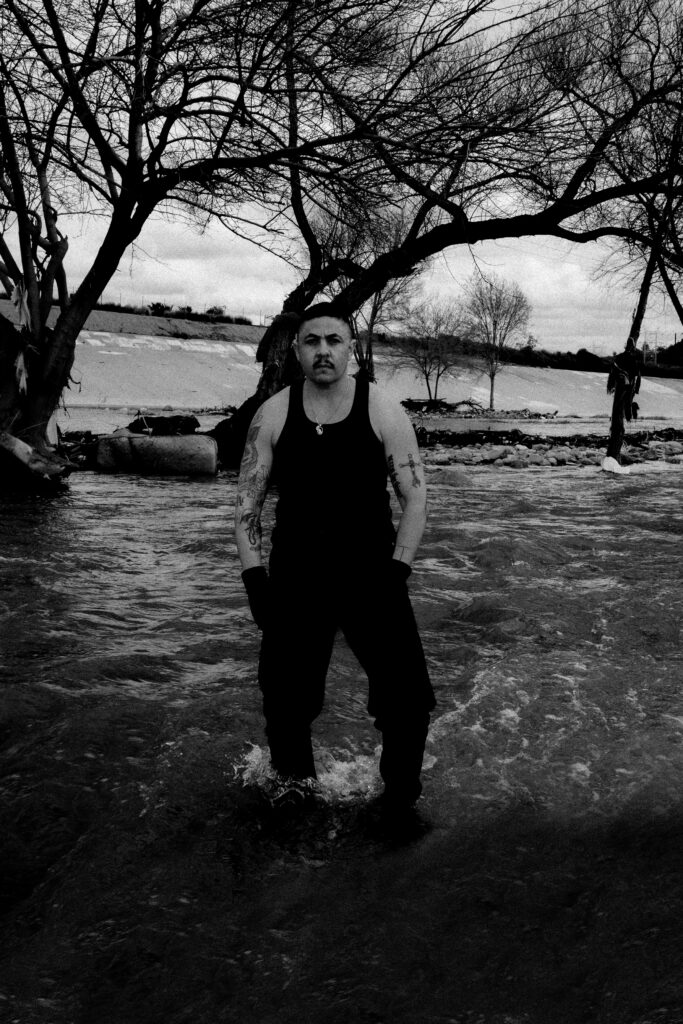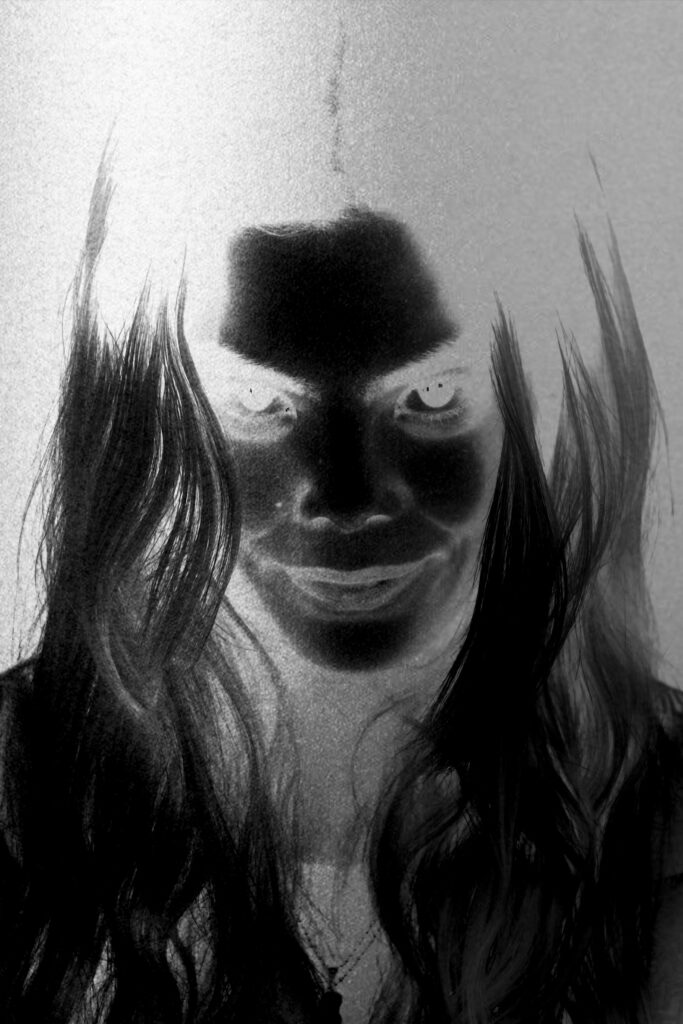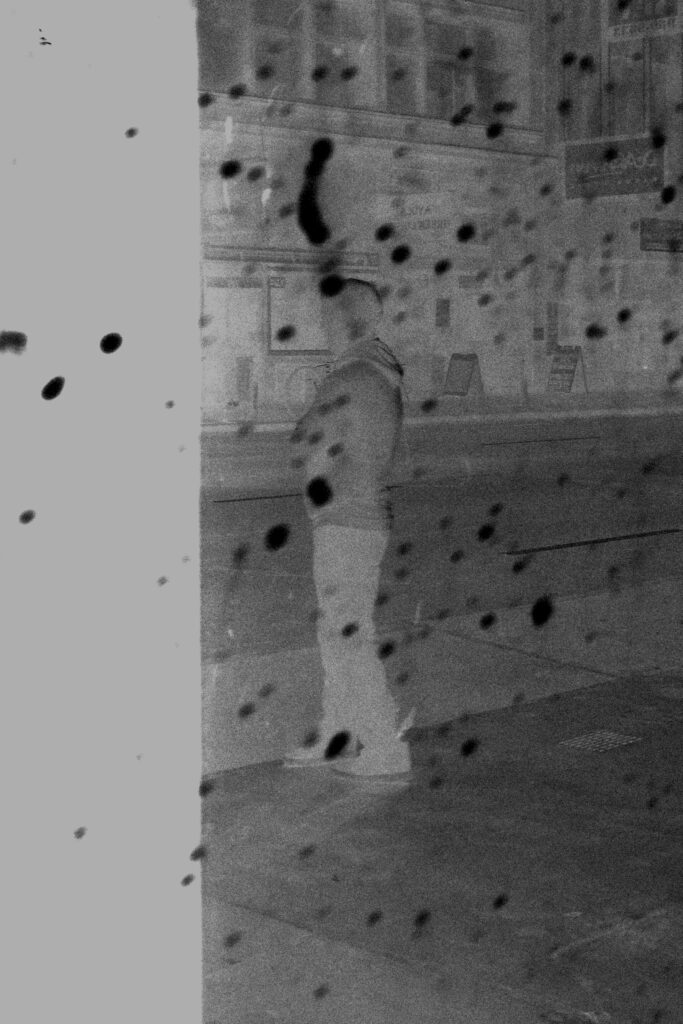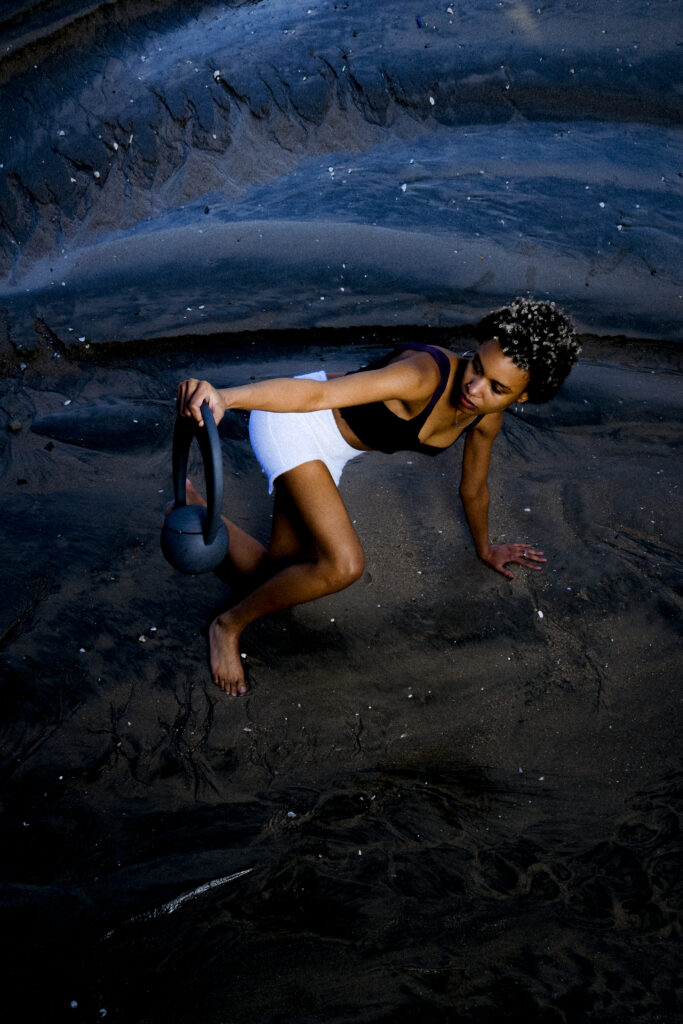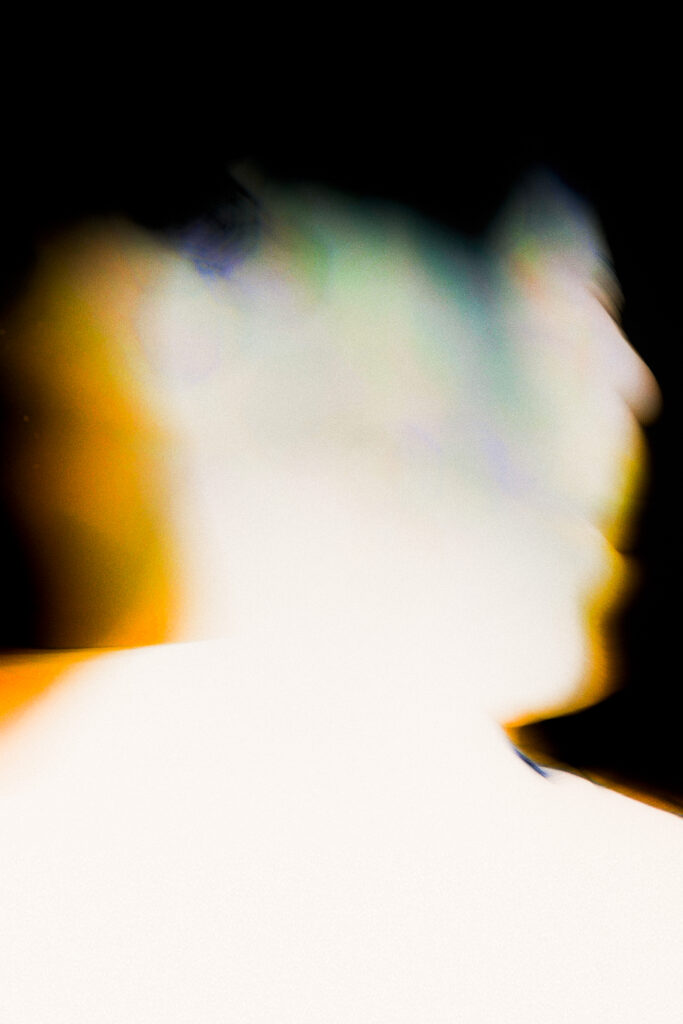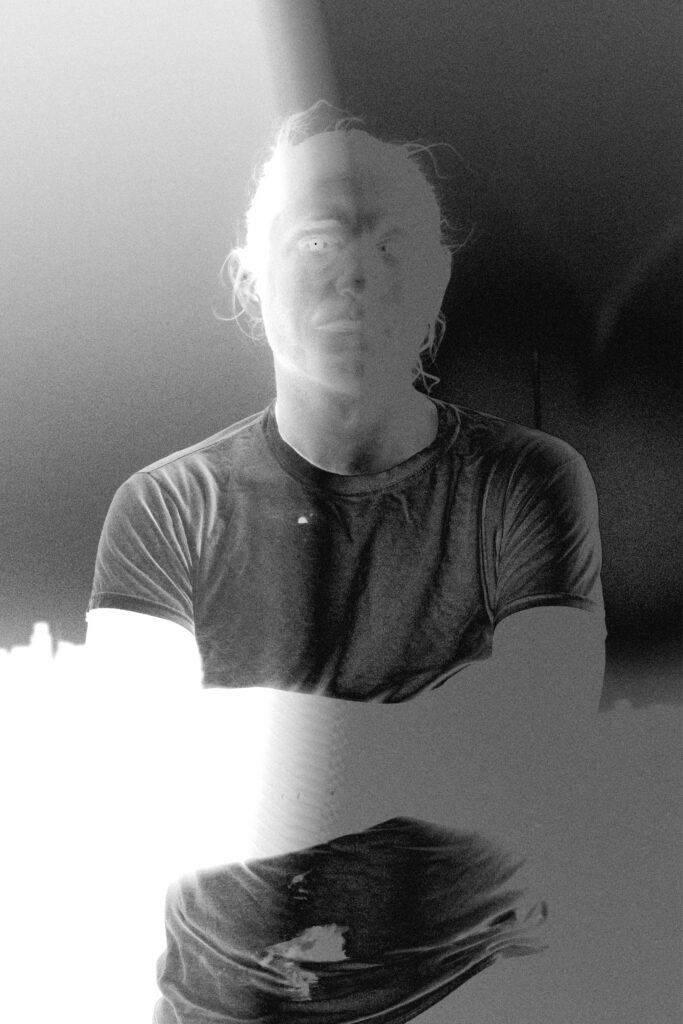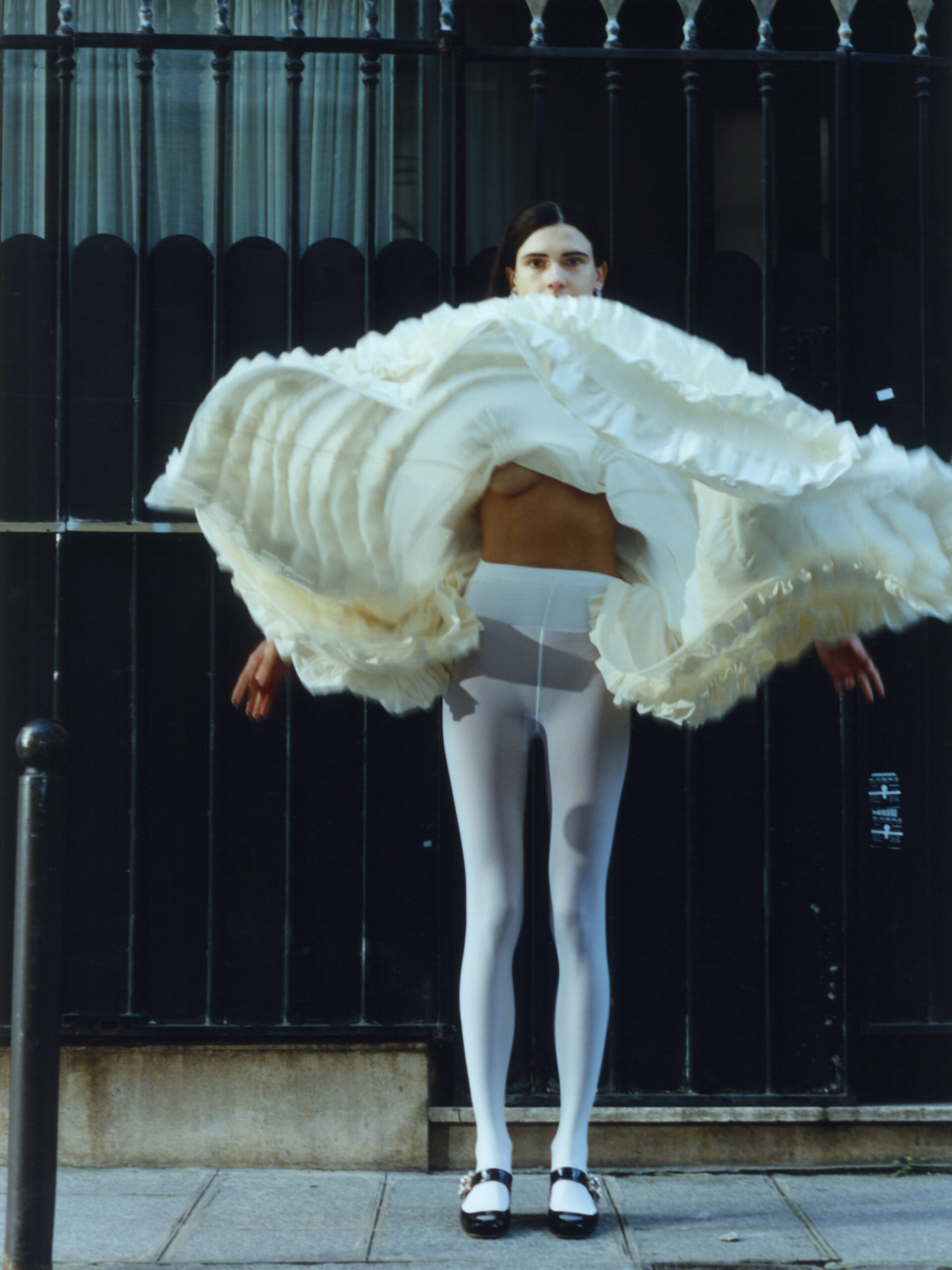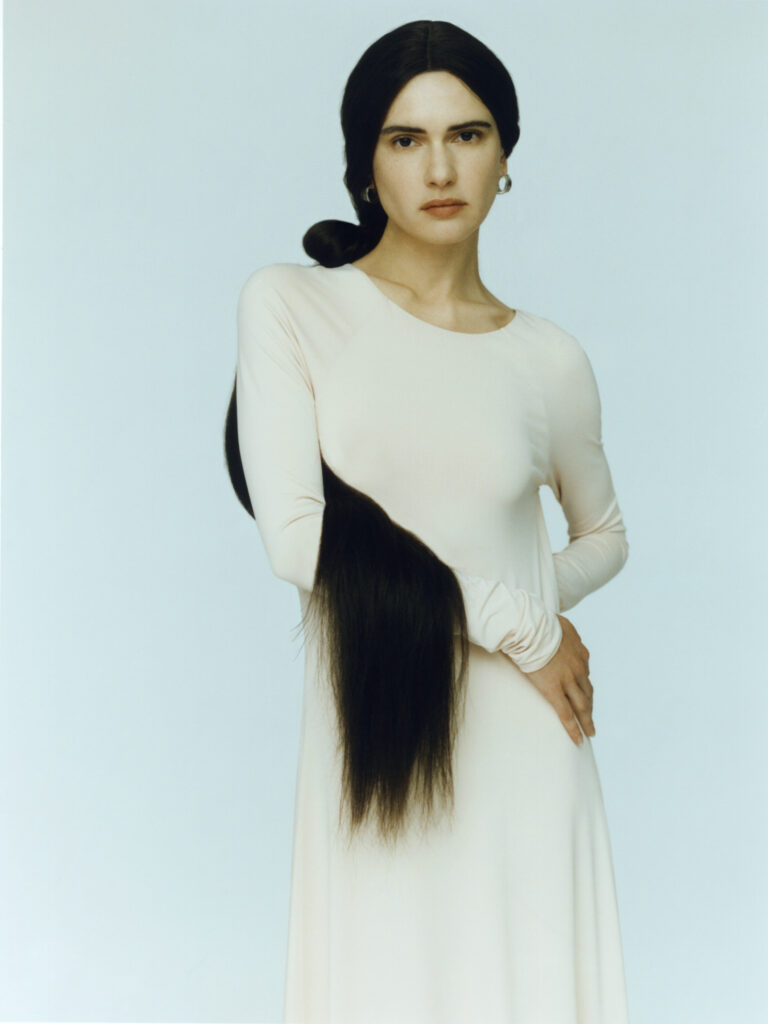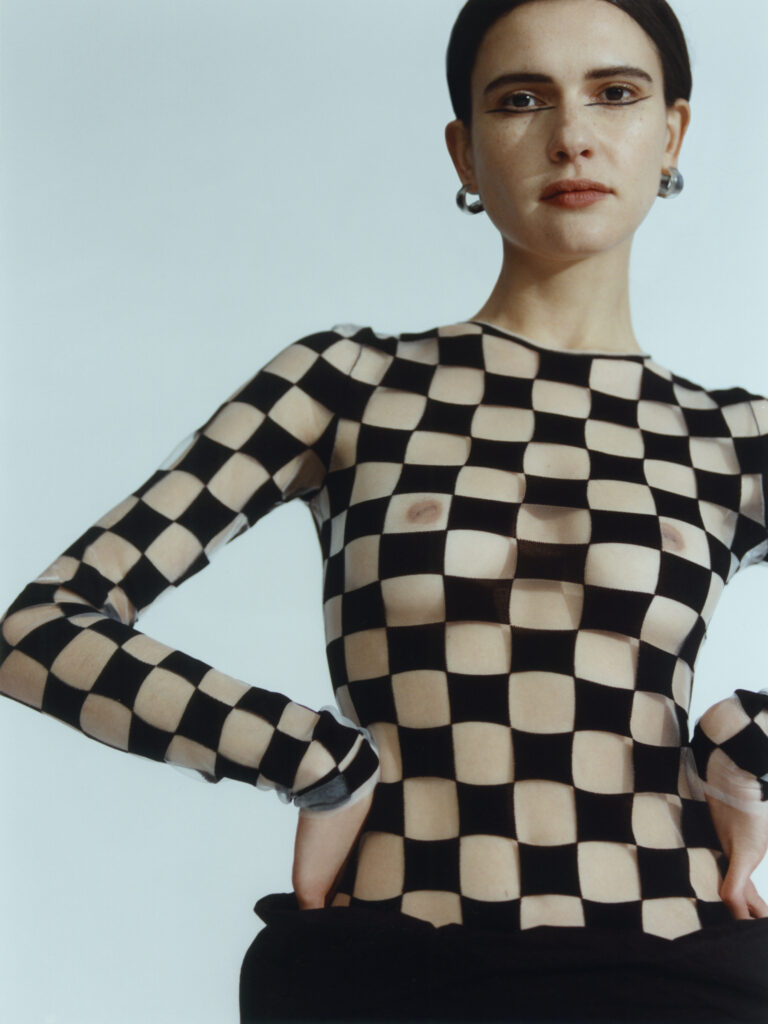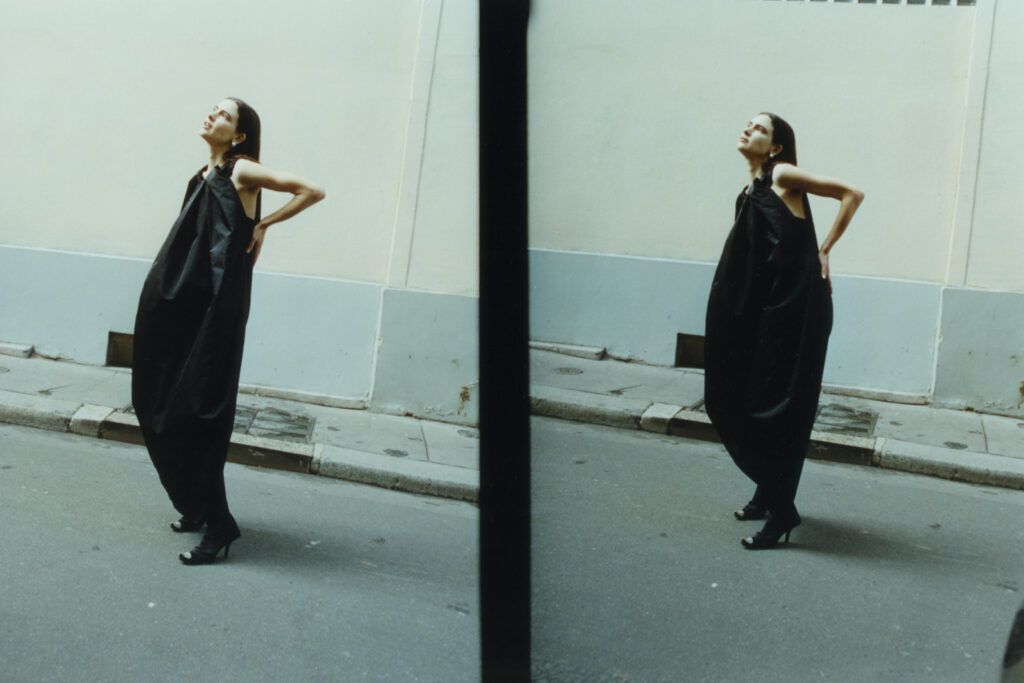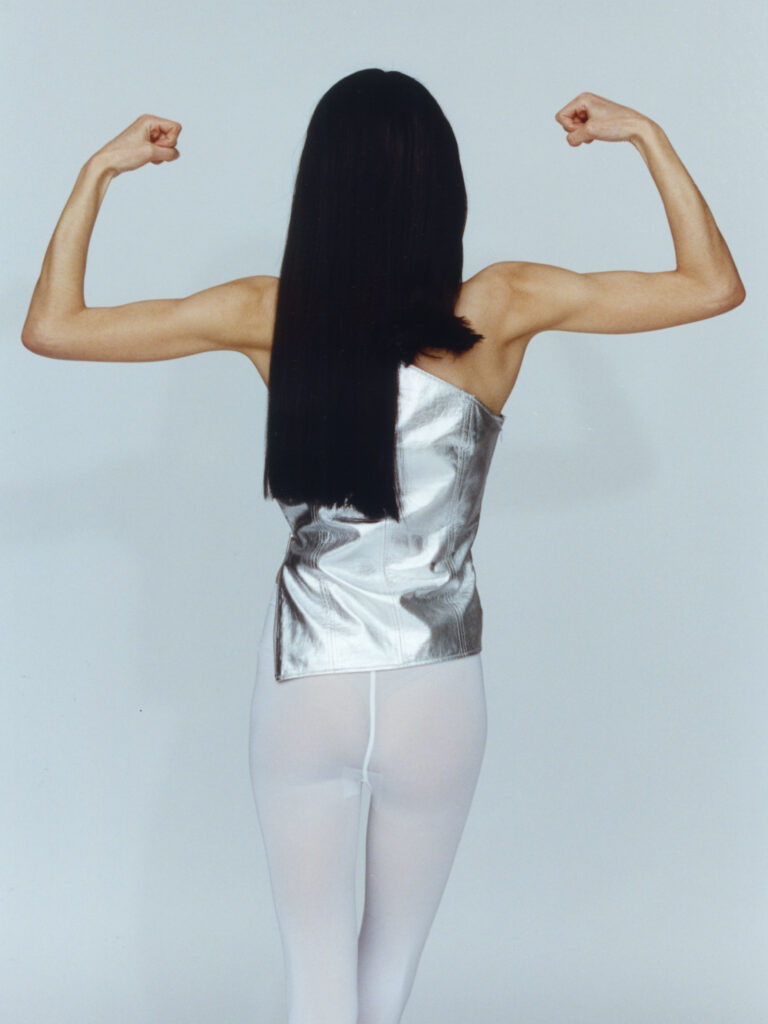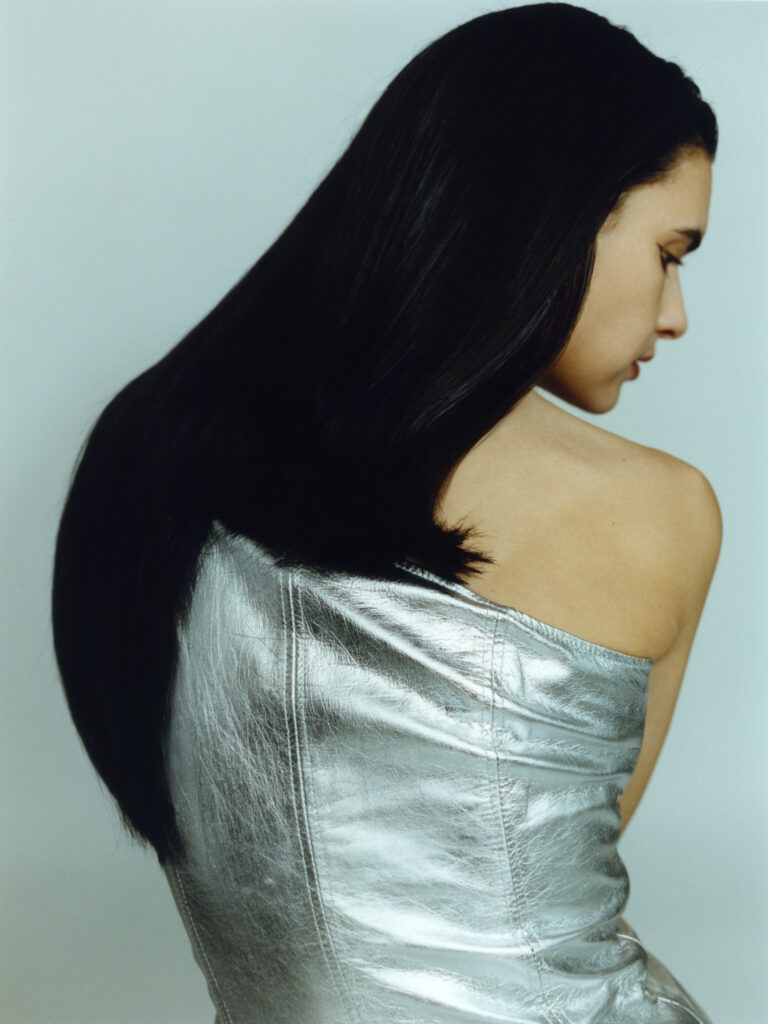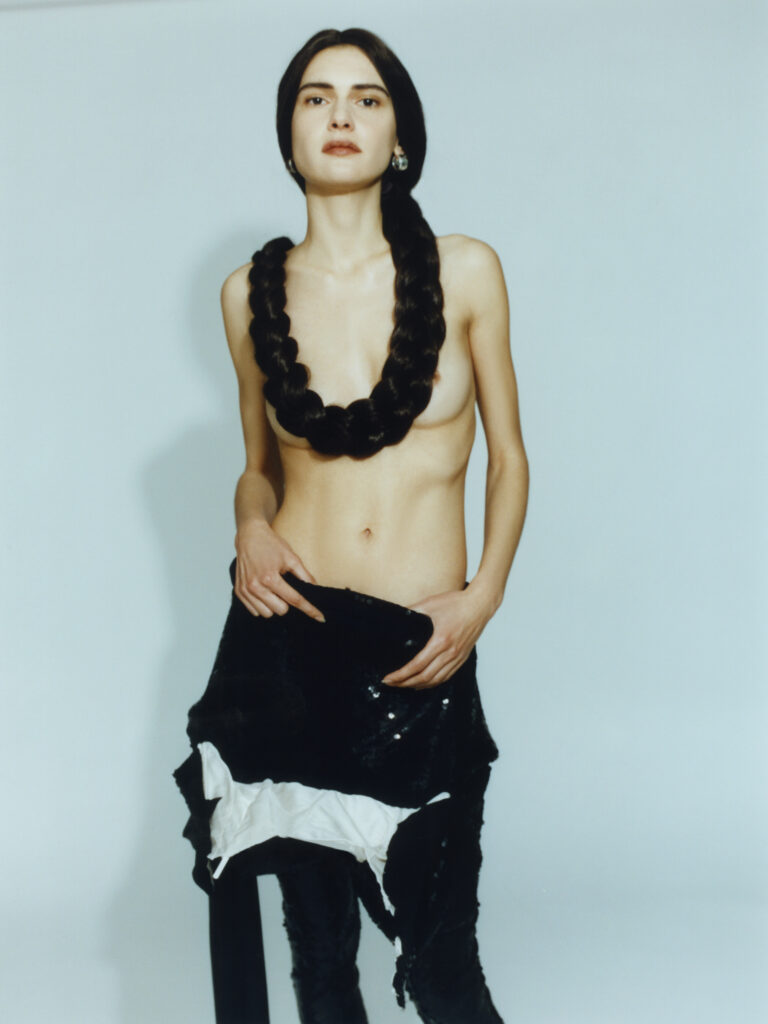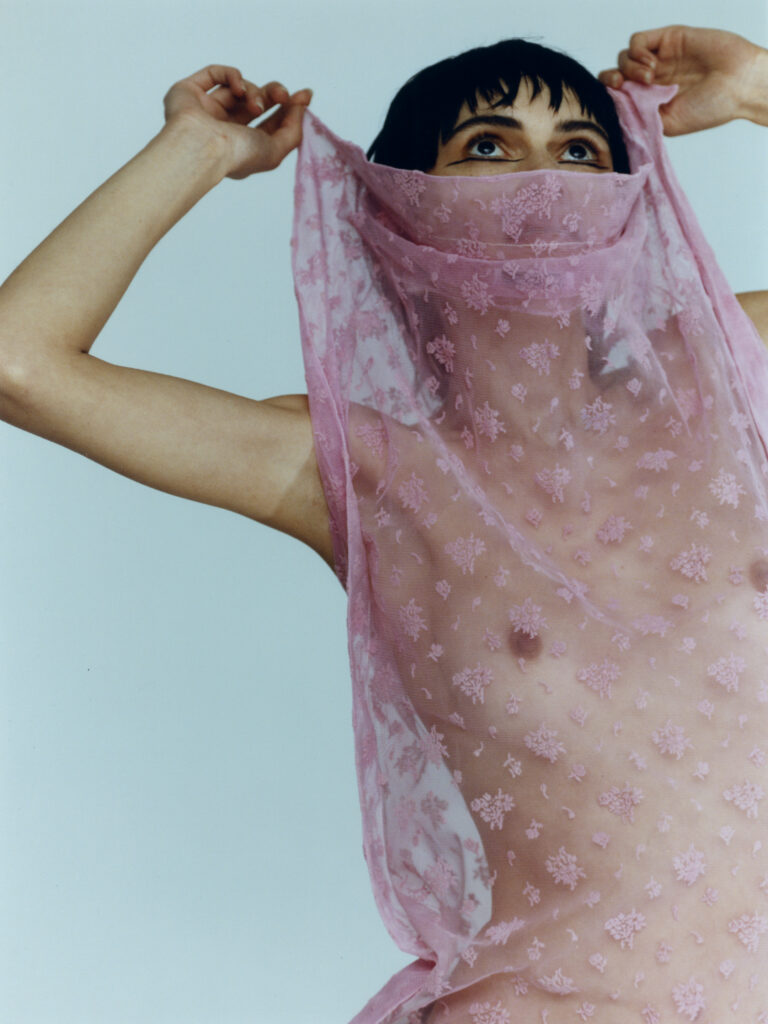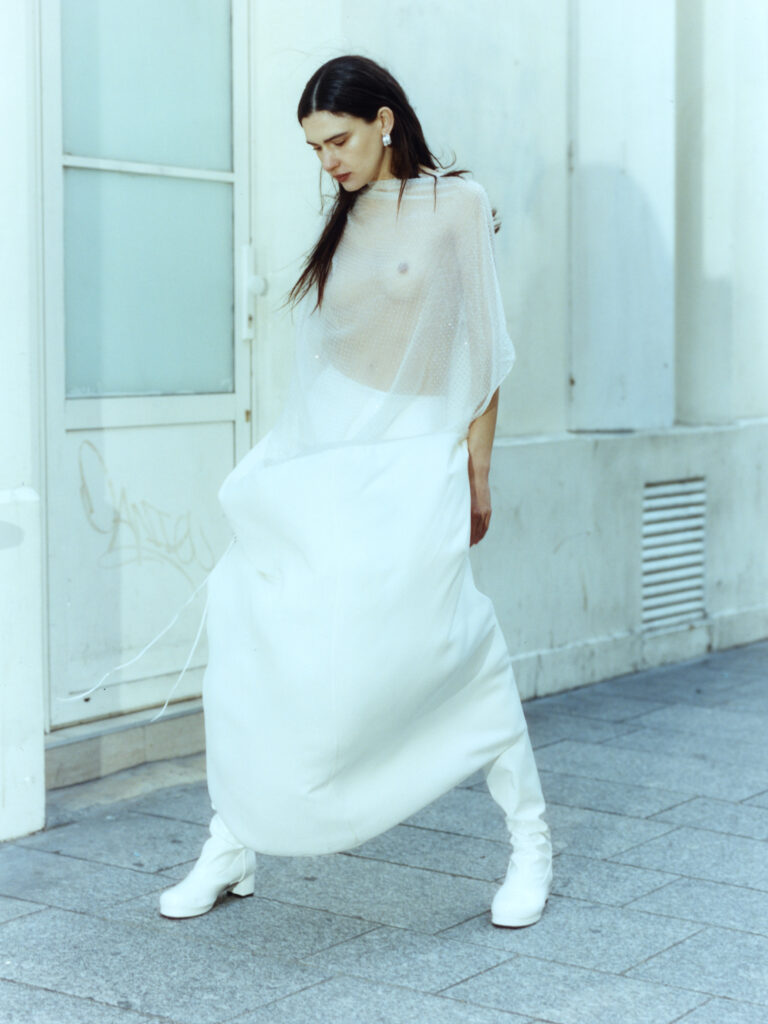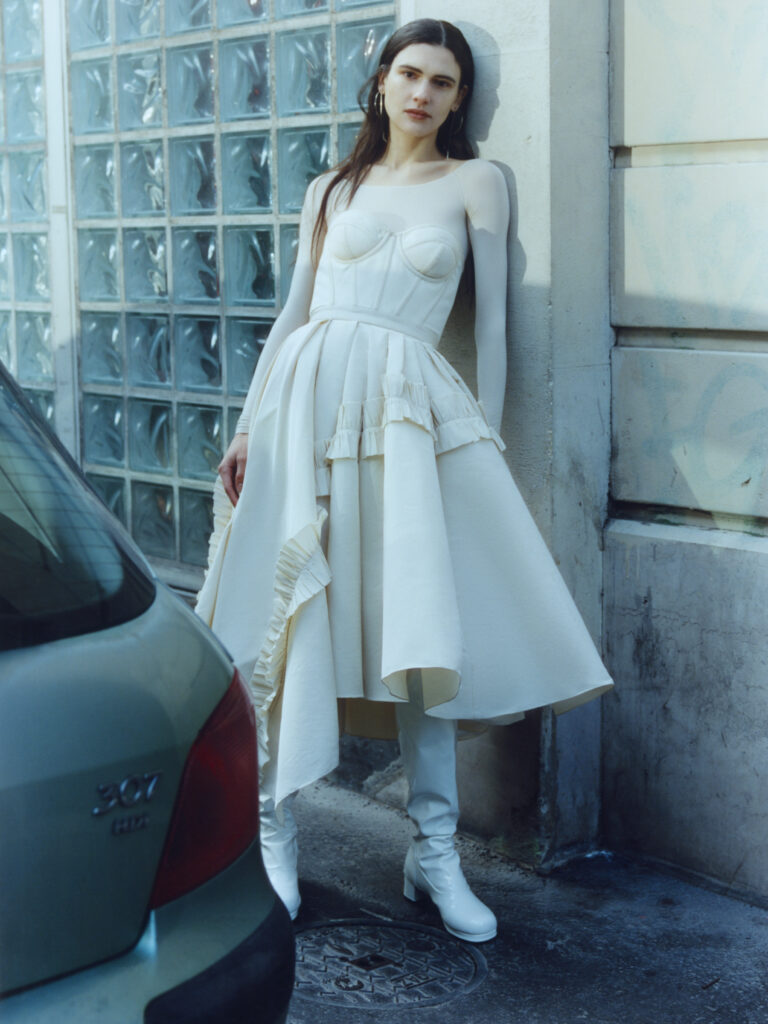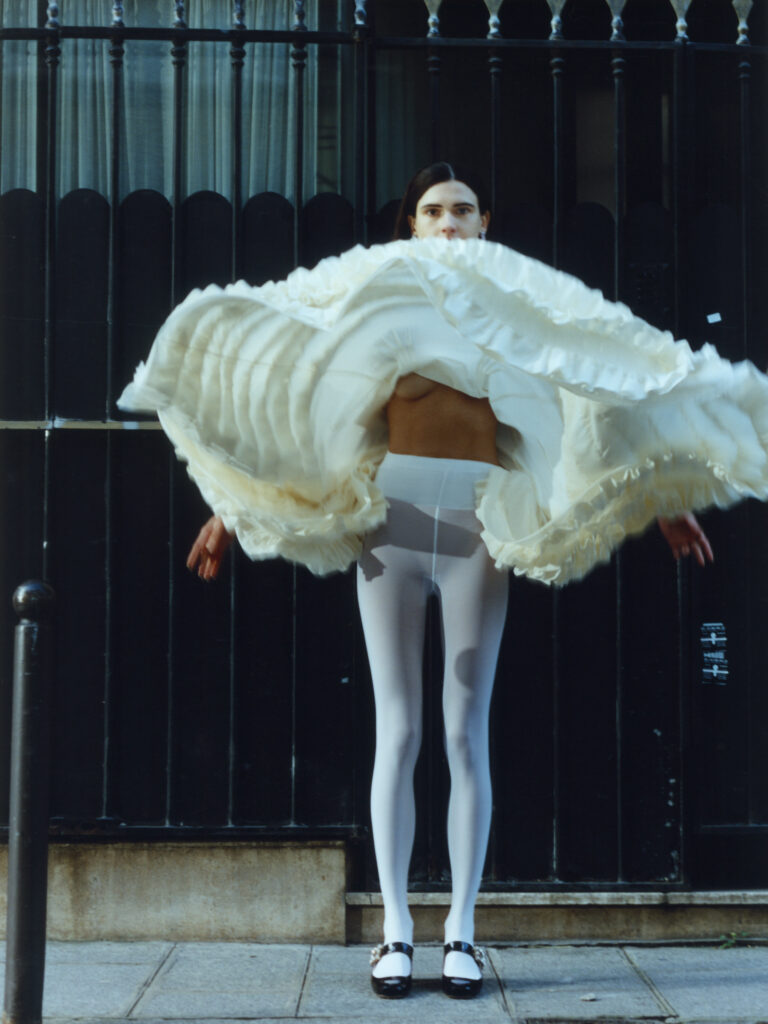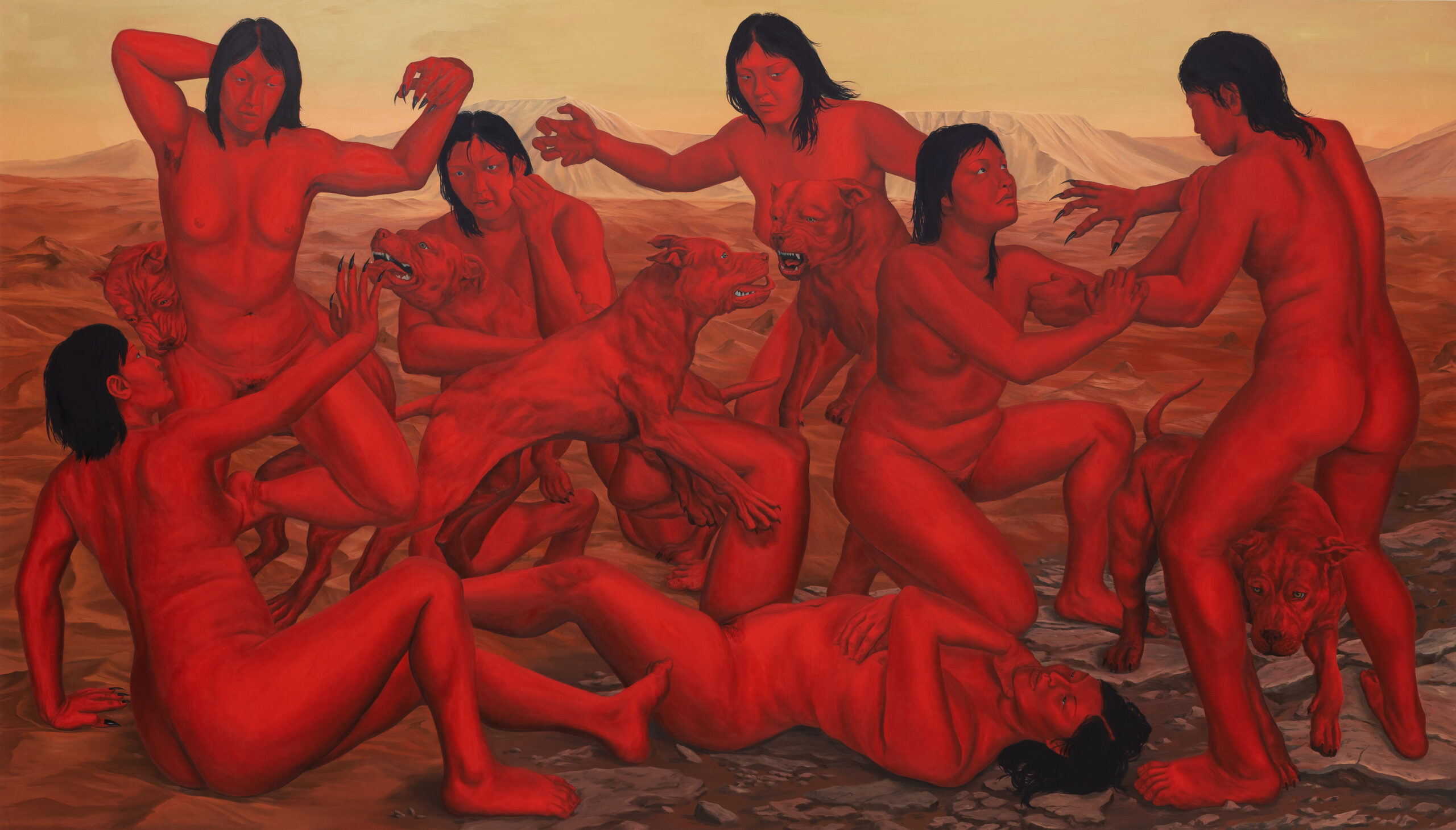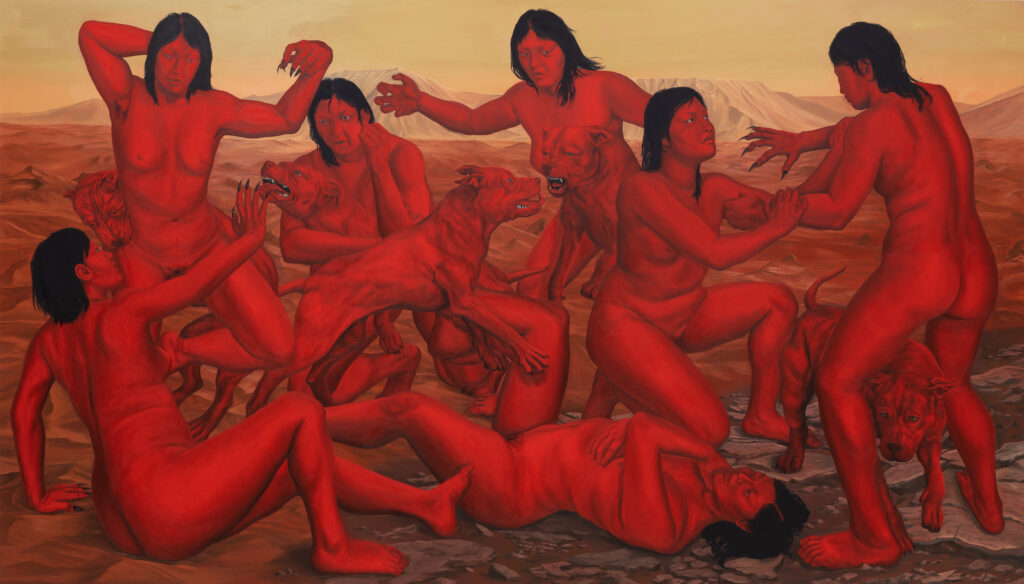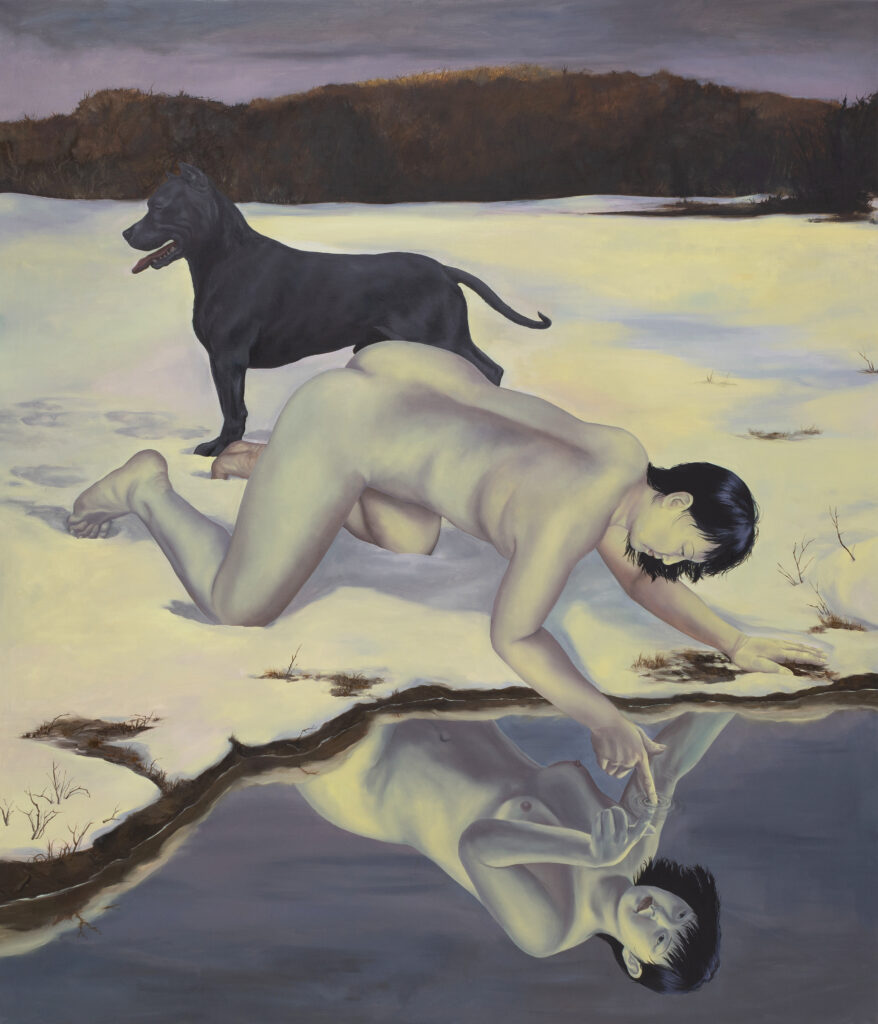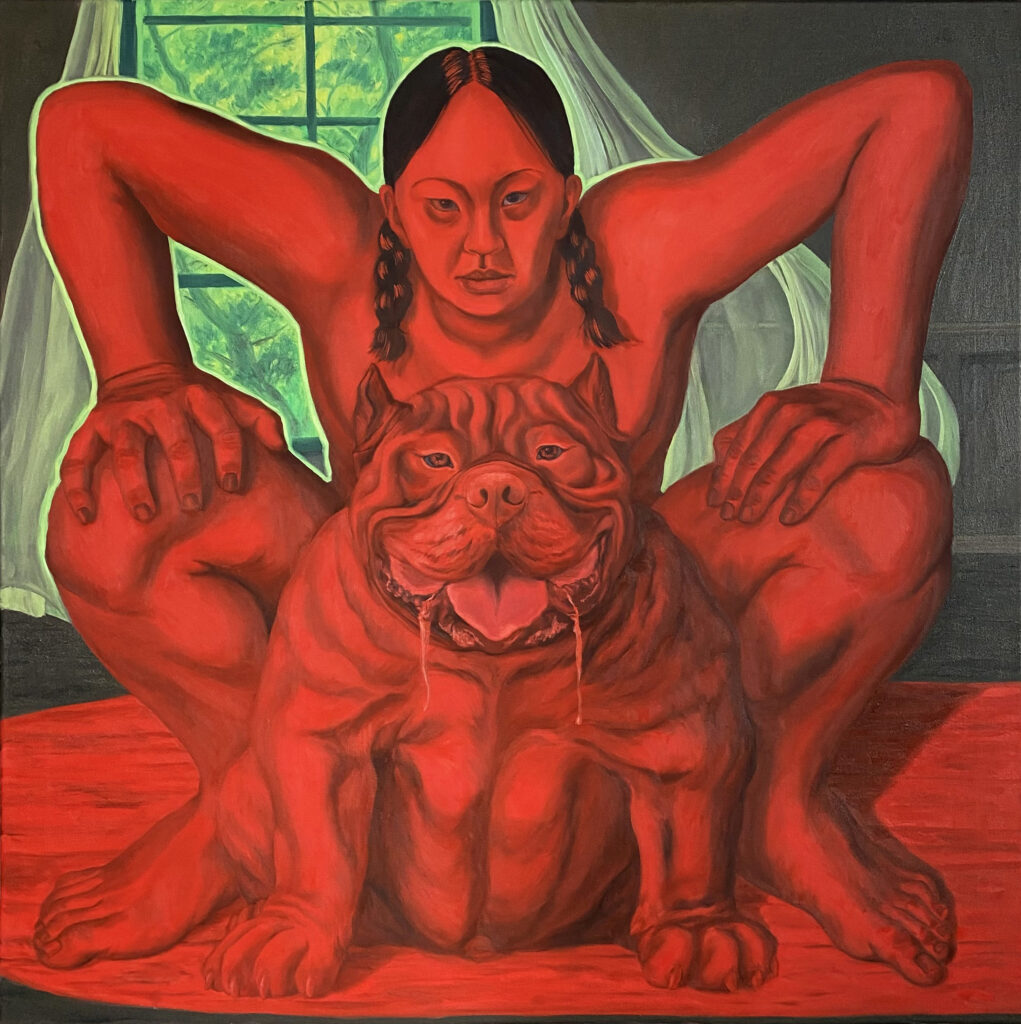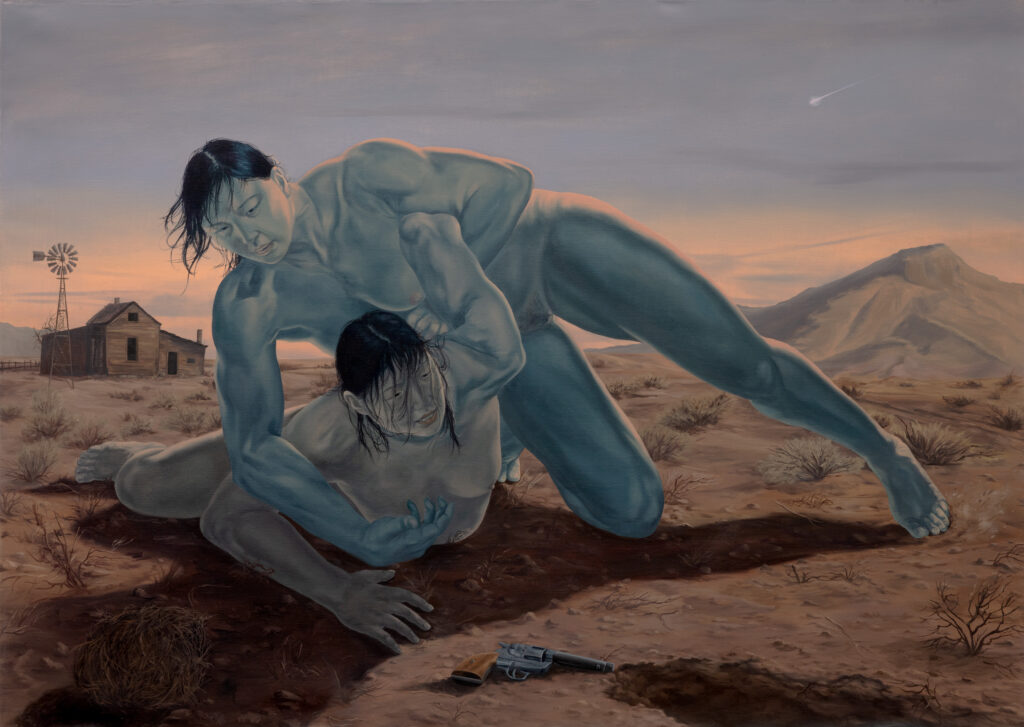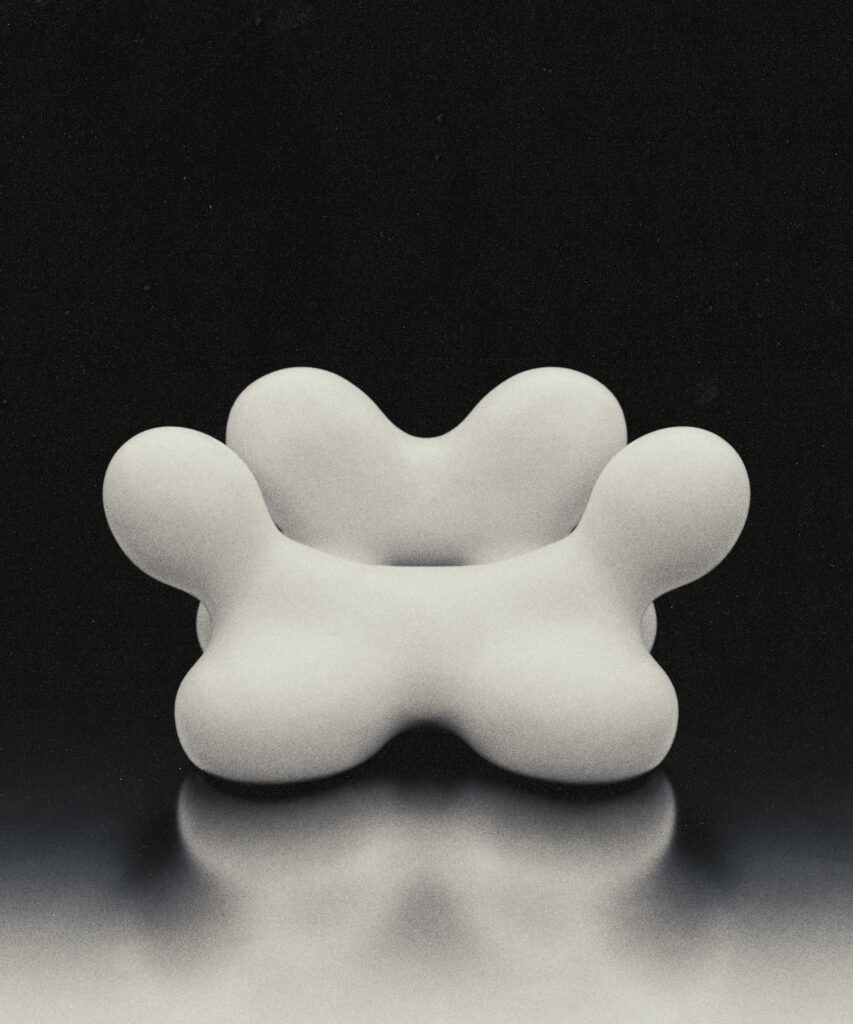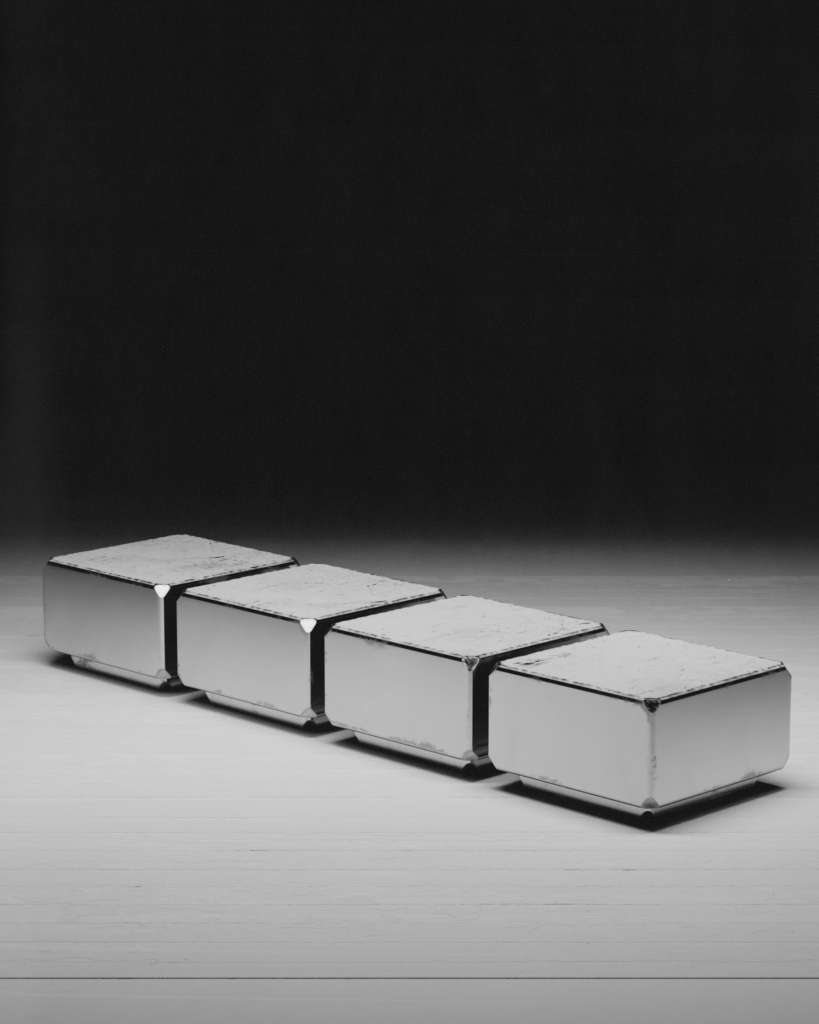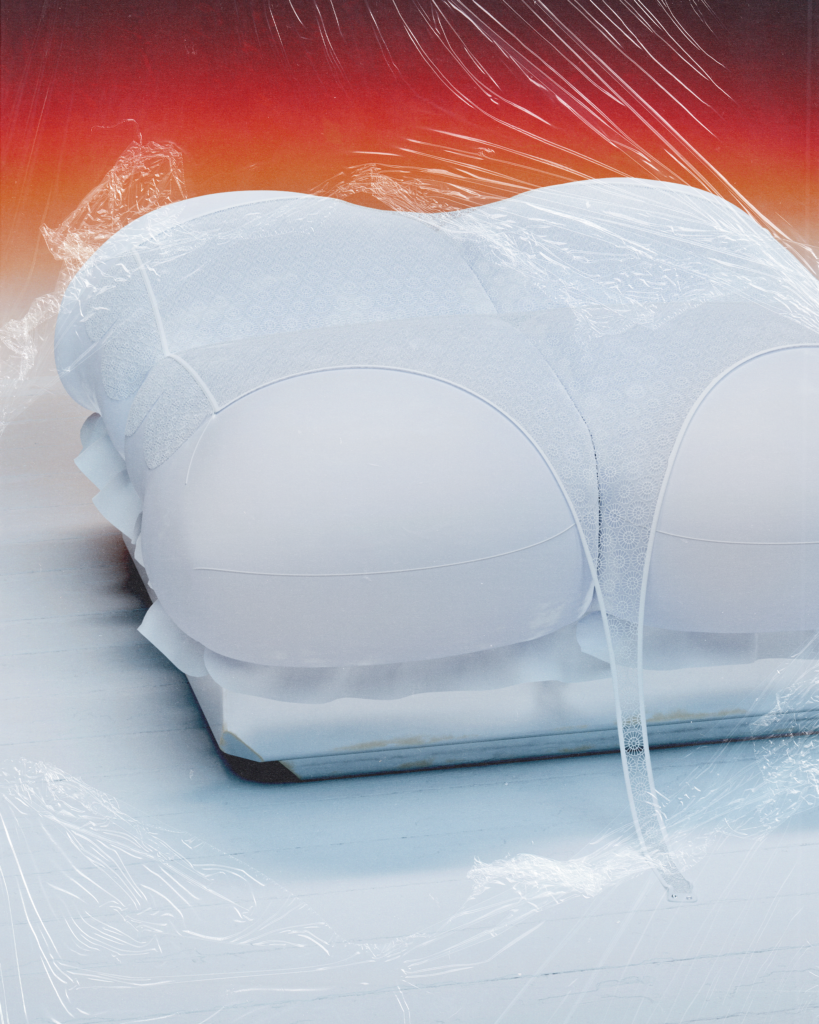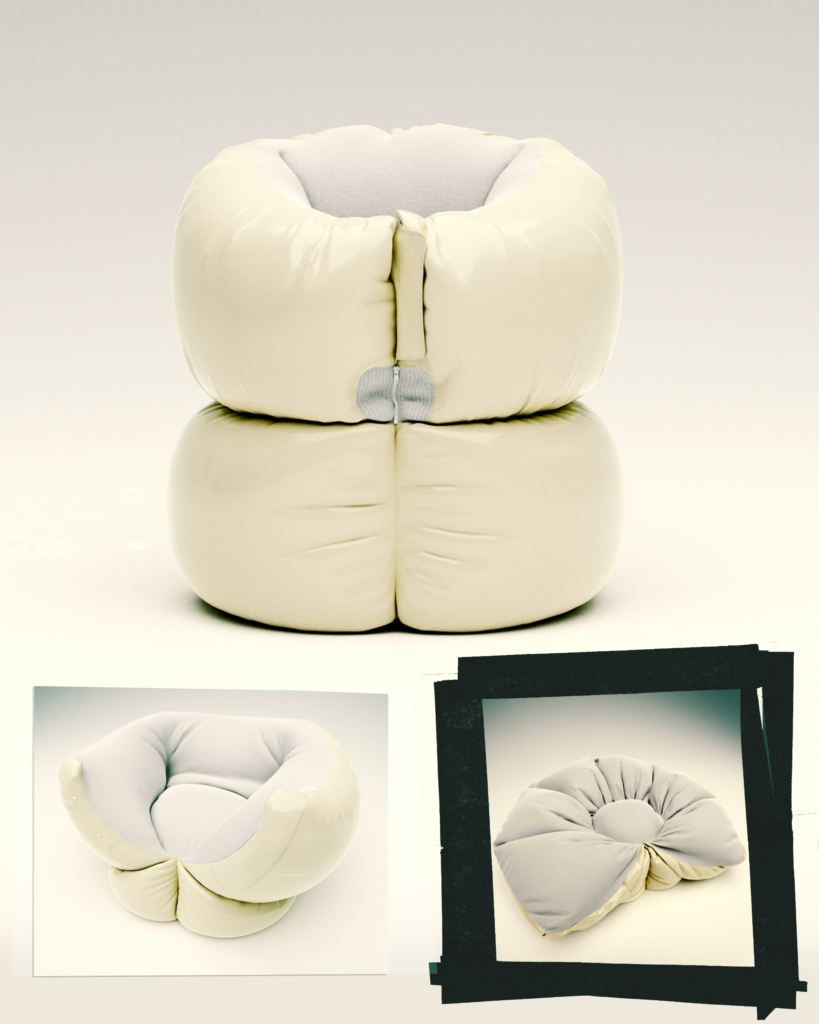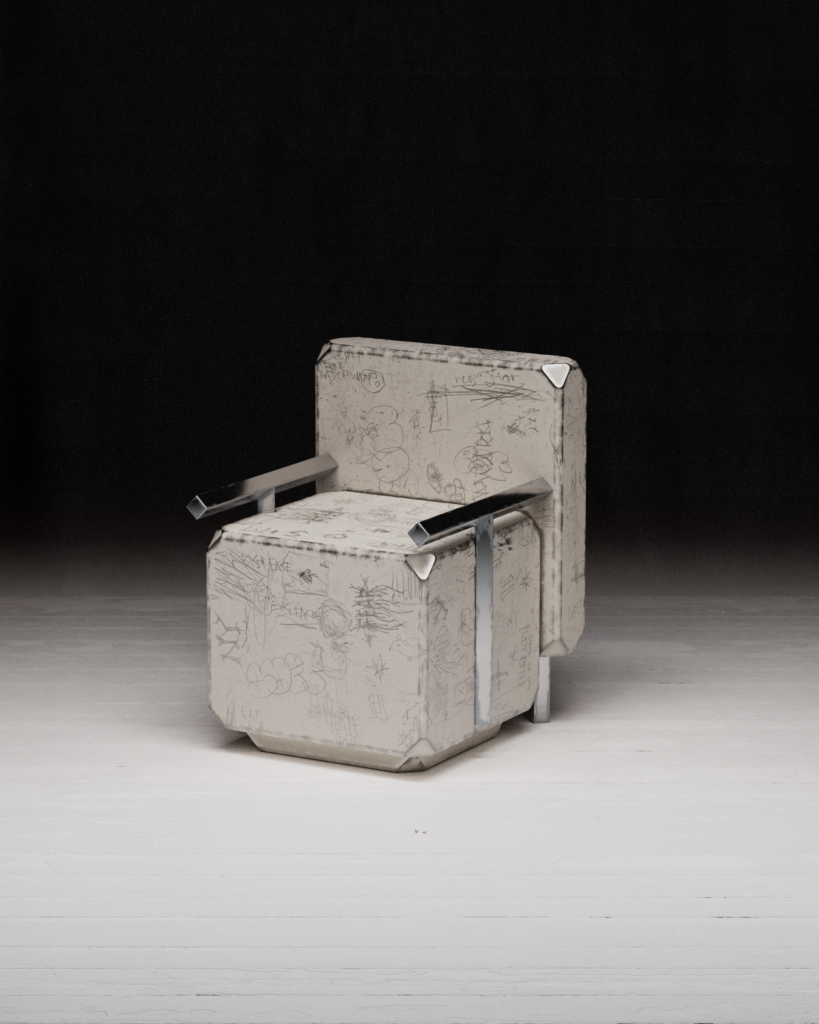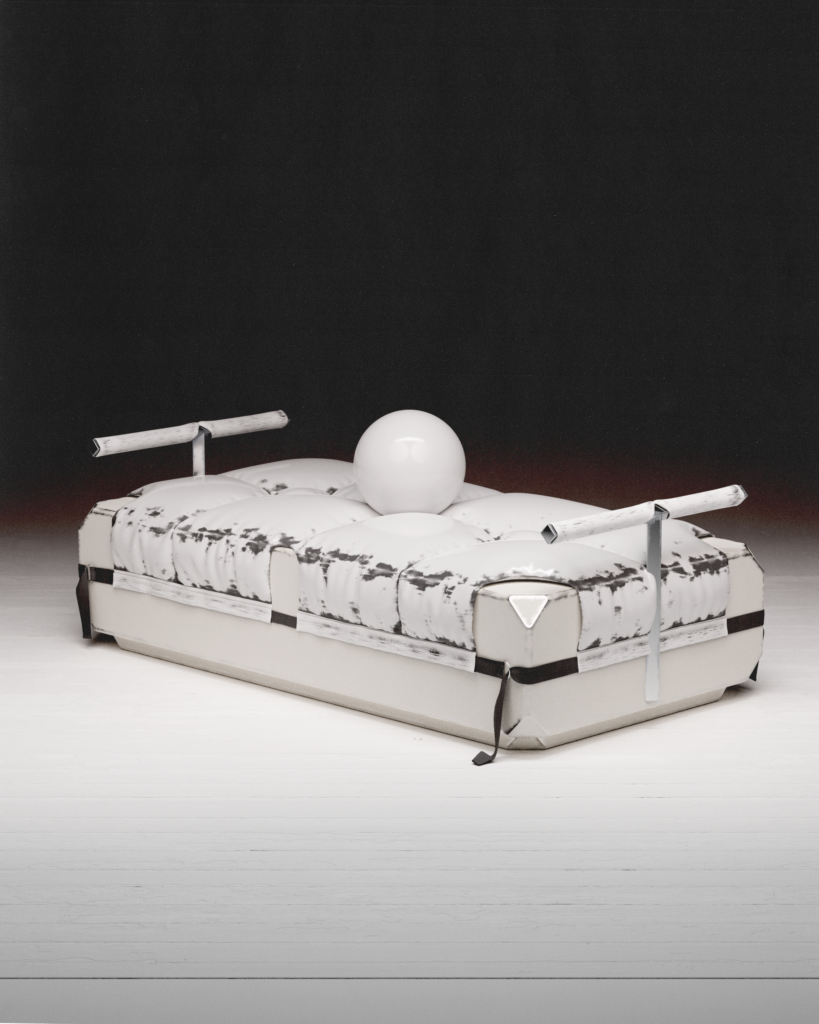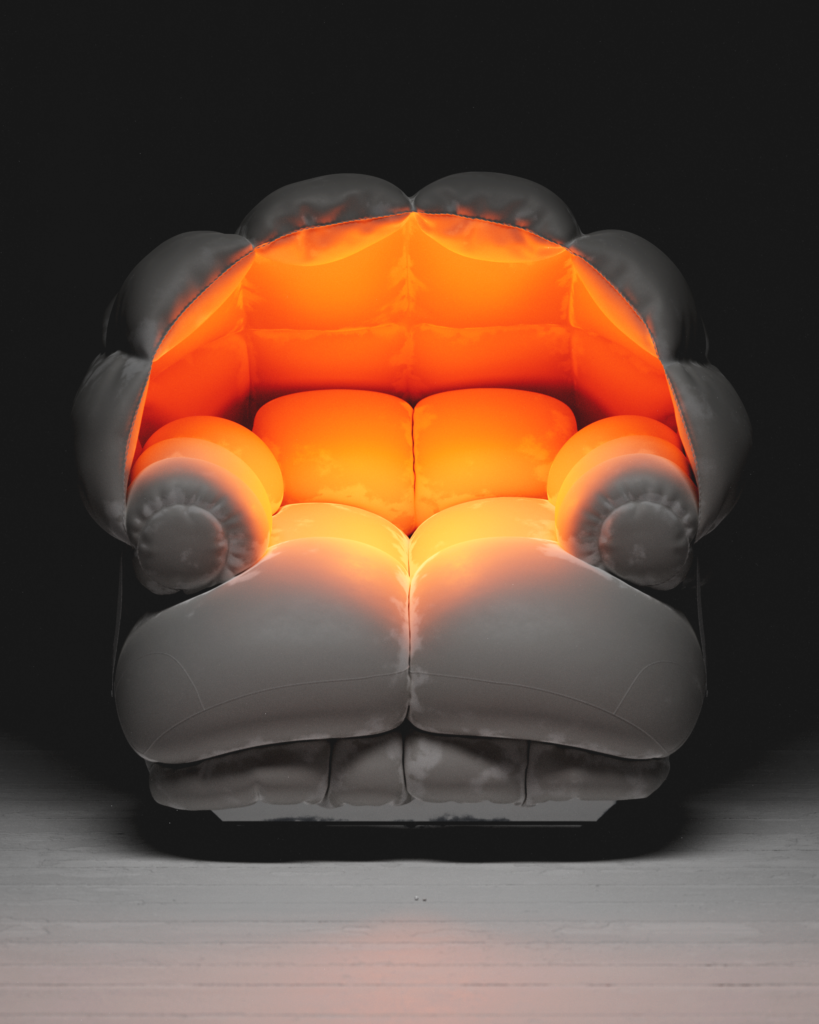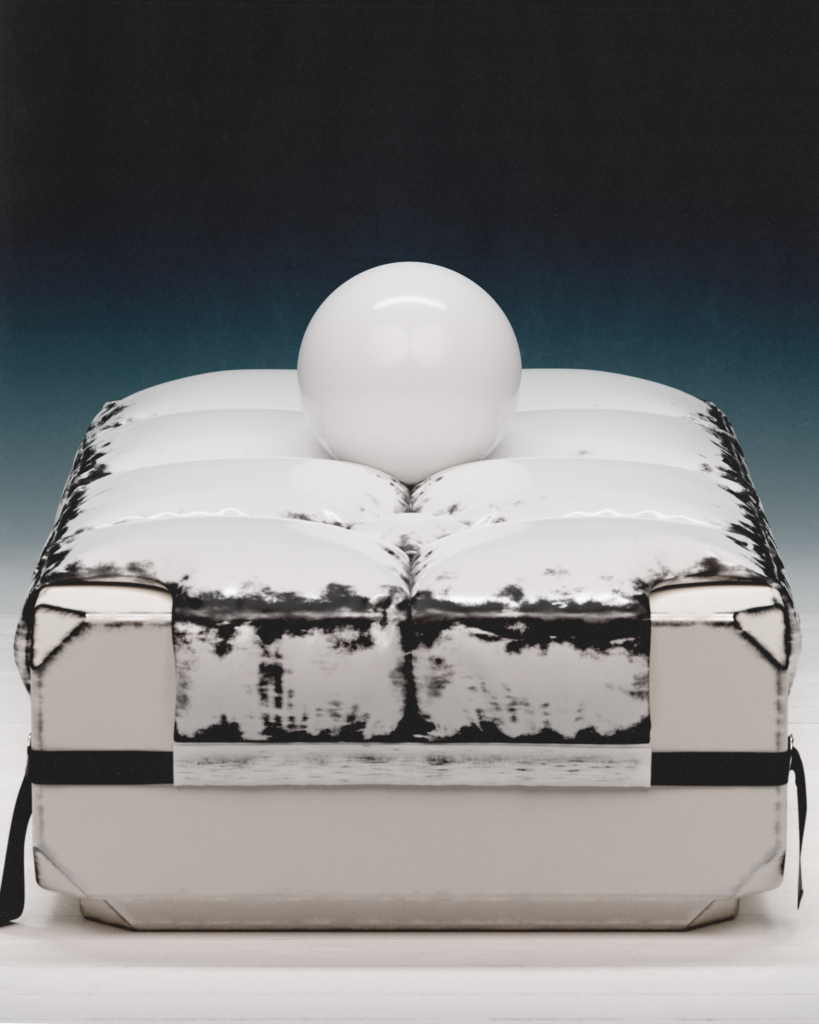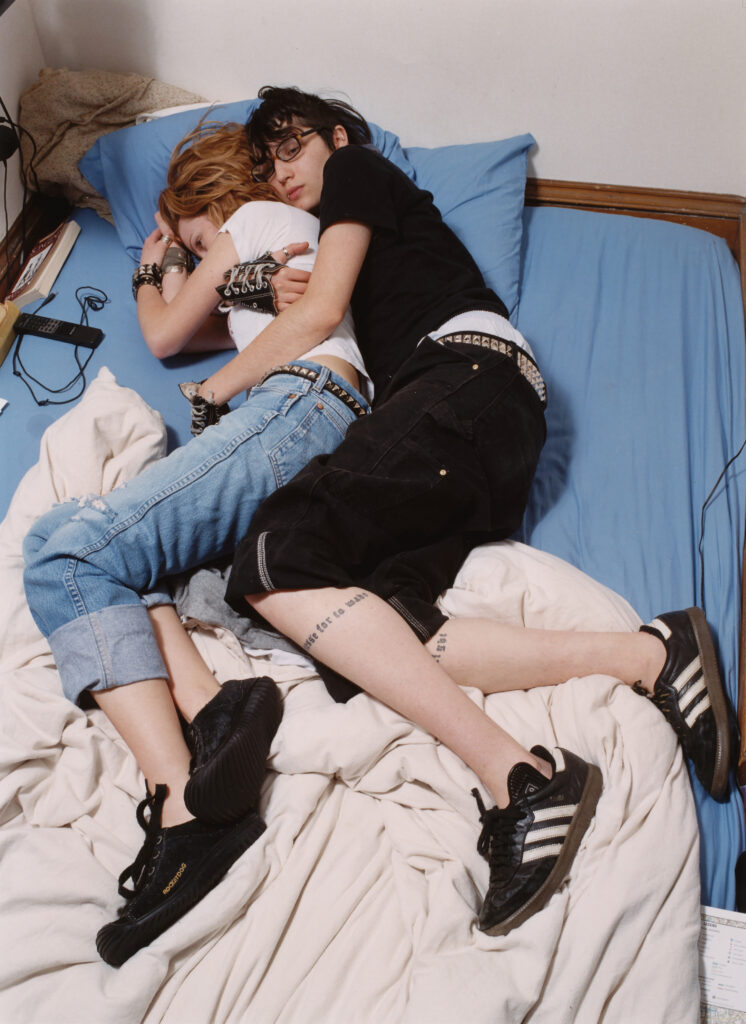

Born in 1992, Nigerian-born artist Osayaba Andrew Ize-Iyamu, aka Cruel Santino, has spread his talents at a pace and rhythm that has led to rapid development in his oeuvre and skillset. Entering into Santino’s world is no easy feat. An analysis of his work is cumbersome and tiring. It almost feels like walking into a packed gallery with great artwork but not enough walls. In this case, there is a word limit. Looking at Santi’s work is difficult because, no matter what area is observed – whether it is his video-game production, filmmaking, graphic designs or music, it makes no difference – there is a level of quality and intimate love that has been squeezed through the medium. Since he released Mandy & The Jungle (2019), Santi has been seen as a musician. This box has various conditions that assist and obstruct an artist’s ability to create. He has since outstretched his wings and engulfed a wider array of mediums, a decision that has allowed him to reach a diverse range of audiences and express his entirety to the world.
Observation involves a negotiation of the mind. When examining his work, it is easy to become amazed and overwhelmed by the impressive variety of skills the artist has and the breadth of knowledge in each area he produces. He is an example of how technical assertions and a devotion to craft can foster prosperous results for him as an artist and those who ensure his ongoing production. In doing so, he has made a lot and has no plans of slowing down. NR attempts to decipher the man who has no limits to his portfolio. As he digs his toes into game design, creative direction and art unmarked by labels, Santi advocates for a movement towards creative freedom that is accessed by all.
Santi is not merely an artist with raw talent but somebody that devotes his entire being to his work. His intentions? To ensure others can do the same. Unbound by the conceptual chokehold of artistic monogamy, Santi sits down with NR to delve into how dreams are more than concepts: they are an impetus for potential action.

There is more to Cruel Santino (Santi) than meets the eye. To list accolades or only discuss his music would be reductive. His art sets a scene that is unbound by the rhetoric of constriction. His art is the object of the discussion, and he is the subject. So, where are we, Santi?
I’m in London right now. I’ve been here since the end of January and have another two weeks. I came here to try to get a different space to work in. I had a bunch of stuff to do here, and I’ve been producing and doing everything here.
And you were just celebrating the first anniversary of your last album release: Subaru Boys: Final Heaven, released last year on March 4, 2022. You celebrated through ‘Subaru World’. What is that?
I did an installation and show in early March to celebrate the one-year. It definitely doesn’t feel like it has been a year. It was unplanned, but it was pretty well done. Showcasing the characters and the world of ‘Subaru’, the Institute of Contemporary Arts (ICA) instilled an immersive anime experience in collaboration with NTS Radio. It felt great seeing the world we had built, the sounds made and the distance we have covered and will continue to cover.

And what were your inspirations for the album itself?
I usually have four things that make up my being: gaming, anime, film and music. For ‘Subaru’, the two main ingredients in its production were gaming and anime. Those are things that have always been around me in my life, and I have consumed them for my entire life. Even today, I checked how many games I had played between the release of PlayStation 4 (in late November 2013) and PlayStation 5 (released in late 2020) eras. It was about 340 different games.
That is… a lot.
It is a lot. And If you check my body, all my tattoos are anime related, so I feel like those two things are definitely the main ingredients that have made up ‘Subaru’. I also took a lot of inspiration from Hideo Kojima, who really pushes the boundaries of what a game is and is meant to feel like; he’s just trying to tell you that a game can be anything. It doesn’t have to be one-dimensional or the same thing every time: he proved that a game can be anything. I like to apply how he treats games to everything I do, whether music or video. In doing so, I’m making music that can transport people and doesn’t have a box, music that can build a world that can be taken wherever through sounds.
And how do you see gaming transposed onto your work?
Lots of games are played as drugs to release you from feeling, but I like to play AAA Campaign games, which really differ from Battle-royale type gaming. There’s more of a narrative. There is a world behind it, with excellent sound design, great voice-acting and graphics. I study all those things, and they all inspire me.


When did this all start? How did gaming become the conduit for your self-expression?
I didn’t realise until recently (maybe around 2020), but gaming shaped my sound immensely. When I was younger, I didn’t really have a way to hear various songs back home (in Nigeria). I found so many songs through Fifa, for example. I really only found songs through the games I played.
Released in 2019, Mandy & The Jungle (your first studio Album) was inspired by a lot of things…cartoons, the dancehall era, and gaming. But things changed after that.
I needed to push the boundaries of what I was trying to make. At one point, during some period of quarantine, I was gaming too much, listening to music, watching anime, and getting to the point where I couldn’t ever see anything the same way anymore. I would look at everything in life and hear anything and its sound, run back home and try to fuse the sound, thinking, ‘oh, this would sound great in a game’, or when I would make songs, I would try looking for a clip of the game and put my music over it, watching the clip to see how it made me feel. Everything felt like anime to me. The thing is, I wanted to make a world that would attract what I wanted. I want to make games, I want to make anime, and I want to make more films. I asked myself, ‘how do I build this world with what I’m trying to do?’ and it came through the world of ‘Subaru’, which is slowly attracting everything I want.

When it comes to your movements in the creative sphere, you’ve done graphics for artists, directed videos for musicians like Goldlink and worked in many areas. When did all that start?
I’ve done that all my life. I’m not just a musician. I have never been just a musician. When I was just a kid, when I was ten, I used to act in Church and do Church dramas in schools and started writing scripts and stuff like that. I could have been anything at first: I could have been an actor or a writer or anything; I wanted to create experiences and create stuff. But, the thing is, music came out because of all these other things around me that I’ve crafted and sharpened to build up the music. Even down to the creation of characters in ‘Subaru’, I’ve been able to give people backstories and worlds around them. I feel like, if you know me and my music, you would never see me as a musician.
You are more than just ‘one’ thing.
Definitely, the way I see life and create music is like method acting. It’s sort of like Daniel Day-Lewis, going into his own space and shedding off ‘the self’ for the role. It’s crazy because you think, ‘how do you go from playing this character to another’ and you realise he really is just shedding off the old and becoming the new , applying it to himself and growing. I feel that you can’t play a role that is not in you, so if you feel there is something in you for it, you just have to learn more about it to the point where you can become it and do it.

Do you think you’ve achieved that level? Are you happy with how far you’ve come?
I feel like I’m still working on that. Coming from Nigeria, trying to do what I’m doing is… well, some people don’t think it’s even possible, so I’m just happy that I can do the things that I’m doing right now because I have the chance to do it and keep growing in that environment.
And how do you think people react to your multi-faceted style?
Some people don’t understand what I do, but I feel like I’m more concerned about creating. That’s the thing. People have received me well, they appreciate what I do, and that’s great. It keeps me going, but my focus is on the fact that I have to keep creating, and I have to keep making sure to keep pushing boundaries.
Over fame and novelty, you seem to really promote a priority of production – so do you just want to create? Did you always try to do this from day one?
Yeah, I just want to create. Success (and all that other stuff) will come if your creation is pure and timeless. I’ve always tried to incorporate myself into everything; all my videos are directed by me, and most of them are edited by me. I’ve always tried to be that person who can do most crafts. My craft wouldn’t be mine if I didn’t do the work; you can tell something is missing. If I don’t put all these touches in my work, it will never feel like it’s ‘Santi’. So that’s why I try to have as many roles as possible in my projects.
Did someone inspire you to make a conscious effort to take on that burden?
I’m just good at creating stuff. Where I come from, I’ve always dreamed of making these things in my country, trying to improve all these aspects of my country. I want to hopefully make a game there, and if you have the infrastructure to set it up, and I have the foundation of sound to set the music up. Now that I’ve gone from making sounds to making an anime, gaming world, I can see it getting bigger and going further. I want to keep making things that expand possibilities, and since I’m not just a musician, I’ll be able to do it.

When transferring a skillset and mindset from one album to another or one project to another, there must be variations in your level of confidence and experience. Where do you think you have improved?
Recently I’ve learnt how to make my music cinematic and learnt more about the technical side of film. Before, I could edit and direct, but now, I shoot stuff for my friends, I shoot stuff myself, and I go out and shoot a video and come back home and edit properly. All of that came later, though, after years of experience.
Was there any group or person that inspired you to go into this multi-direction?
Nobody ever really gave me advice. I’ve literally always been in this bubble working. Sometimes I wish that I’d had a mentor. I don’t really have anybody else, and I started building all this up around covid, both before and around that period.
How important is your team? Does it feel special to work with people now?
It feels good. It feels great when people try to help you do stuff because people taking time out of their lives to help you is really kind. For me, generally, anyone that does that, I’m eternally grateful.
“As humans – and especially artists – we need to realise that you can’t downplay the interplay between us and how much it can help you build.”
You are only one person, and you can’t do it all by yourself, so appreciate anybody who is there for you in any capacity, no matter what it is.
Do you find it important to be in other people’s lives? Does it make you feel good to contribute to other people’s lives? Are you now in a community where everyone helps everyone?
It makes me feel better, but it’s more about their feelings. It is essential to make people feel. To make people feel like you know their worth, no matter what the person is doing. If people take their time to help you build your world, then they believe in you so much that they take their own time to work on you. So you have to take time out of your life to help them. It makes you feel humbled and balanced, it makes you feel human. Sometimes when you are an artist, you are a step back from what is happening in the world. You can be so focused on what you are doing but be unaware of what is going on around you. I feel like taking time out to be around people keeps you in the loop. People keep you in the world.
So the community keeps you up-to-date with what’s going on. Does it help you keep producing new material? How does collaboration further this goal?
I just want to see it all happen. Collaboration is key in all of it. The journey of your world to someone else’s world is very important. A sense of community definitely helps. If I had stayed to myself, I wouldn’t have grown as an artist. Meeting new people helps so much, and last year I took time off to spend time with my friends in their worlds, and they helped me so much with building ‘Subaru’.
Do you have friends in the industry that have helped you?
I don’t have ‘industry friends’. I just have friends that I’ve always known before. We all came together and found ourselves in this place, and I feel that’s also what makes everything feel so different to me. I don’t have music people or anything. The people that make music are my friends? I knew them before we stepped anywhere near music, and they’ve always been with me, and that’s why our community is strong and the way it is.
“Starting up together changes everything.”
Where does the media come into your world and the world of others? What do you think people have to say about you?
Everybody creates whatever they want to think or say about me. The media is going to come in and do their thing. At some point, I was known as a devil worshiper because I liked horror movies. Later it was something else… It’s just a lot of things. I don’t think I’ve ever been described as one thing for too long. They just let me do my thing, and they are always in anticipation and will either like it or not. I don’t think it’s ever been straightforward with me, and I don’t think there has ever been one way the media has interacted with me.
You can always keep them guessing. It’s probably better for you: you have less obligation to perform to a certain standard. People will eat it up no matter what, but does the fact that you make so much mean that audiences must experience all of it to truly appreciate you as an artist?
I believe that in everything I do, there is no specific audience or demographic. I make everything for everybody. There has to be some substance to draw from everything. There are ways to draw people in, people from different sectors, and I don’t focus on one demographic because I’ve been inspired by so much that it should be for everyone.
Surely that gets overwhelming… It can’t be easy when you are working with so many senses, especially since you aren’t just producing sounds but images, concepts, emotions and tactile substances.
Ah, yes, always. I need to try to rest. I need to start taking breaks because I never take breaks; mentally, I just can’t do it, and if I hear a sound, I just want to go back and produce and start thinking of what I need to do, or I start brainstorming a shoot. It’s a never-ending cycle, and I’m trying to work on it. That’s the thing; sometimes, it’s just not the best. I can hear one sound, and I’m already zoned in.

Do you think that your drive is always going to be there? Even if you don’t rest?
No matter how driven I am, I feel the effects of me working myself too much and overthinking. I definitely need to work on that; as a human being, you can’t treat your body well without some recalibrations. But it’s not easy, and even if I’m travelling, I’m working or inspired to work.
So you have a bit of a full plate. Does that impact your time management?
Luckily, no. I take my time with everything, and since I’m doing so much, I have to really ensure that everything is balanced. I can spend three months making the music and then spend another month on the writing. When I build up the music more, I have the opportunity to build up more of the narrative. Just giving time for certain things is really important. After each project, I look at what I have done and whether I could have done something better. No matter how good or great something is, time needs to be devoted to knowing all the components; even if they take me a long time to develop, I must make sure that I treat every aspect of the concept and give every bit of it the same treatment and love. Everything has to have energy in it.
How do you see your work growing? What’s your end goal, and what do you feel is the best thing that could happen?
You have to just keep learning.
“My goal is to create a space where Nigerians, Africans and the world, in general, can tap in and create freely. I want to make a safe space for people with dreams. I hate that they are just dreaming. If they want to do it, they should be able to.”
Once there’s a safe space for that, anybody can achieve their creations. There is so much talent in the world and people with dreams. What I have put down, what led me to create what I’m making, needs to be facilitated for someone. The codes must be passed to someone so that new things can be built; that’s just how life should be. If there’s a space where all of this can exist, then we will be able to create things forever.
The plan, then, is to facilitate people’s dreams.
A lot of people keep to themselves. But people together can push boundaries. Lots of artists don’t really come together to produce something, and it puzzles me. Unfortunately, not every environment allows you to dream that much, and it’s nobody’s fault in particular. Some countries just don’t give room for that sort of creative freedom. Everything I’m doing is a dream because it came from a dream, not from me seeing that it was possible. It was just a dream and a belief that I could do this and change how things work. That’s what keeps me pushing. I could have chased the commercial route and chased solely making money. But that’s not why I’m doing all of this.
“It wouldn’t feel right for me to do that, and my goal is to create an environment where you show love to everybody and ensure everybody tries.”
Team
Photography · Lea Winkler
Styling · Emma Simmonds
Grooming · Ryunoshin Tomoyose
Photography Assistants · Guy Parsonage and Tom Frimley
Location · Spring Studios
Interview · Billy De Luca
Special thanks to Jaisha Thomas-Hinds at Wired PR
Designers
- Jeans VERSACE JEANS COUTURE at The Arc, jewellery BUNNEY, belt and trousers POLO RALPH LAUREN, boxer shorts ANDERSON & SHEPPARD, socks SHIRO, shoes CHURCH’S and angel wings COSTUME STUDIO
- Blazer vintage at The Arc, polo shirt and shirt POLO RALPH LAUREN, hoodie COMME DES GARÇONS x MORPHEW at The Arc, jeans A1 DENIM, tie vintage from The Vintage Collection Camden, belt POLO RALPH LAUREN, boxer shorts ANDERSON & SHEPPARD, socks SHIRO, shoes CHURCH’S
- T-shirt vintage at The Arc, hoodie COMME DES GARÇONS x MORPHEW at The Arc, jeans A1 DENIM, socks SHIRO and shoes CHURCH’S
- Denim shirt POLO RALPH LAURE, t-shirt GAP, jeans A1 DENIM, jewellery BUNNEY, socks SHIRO and shoes CHURCH’S
- Denim shirt POLO RALPH LAUREN, white shirt DEGE & SKINNER, t-shirt GAP and jewellery BUNNEY
- Hoodie COMME DES GARÇONS x MORPHEW at The Arc, shirt vintage at The Arc, jewellery BUNNEY, boxing shorts vintage LONSDALE at The Arc, socks SHIRO and shoes CHURCH’S
